

As businesses navigate the potential solutions of digitalization, data democratization emerges as the guiding force that can propel holistic sustainability progress across an organization.
In brief:
- Structuring, centralizing and democratizing footprinting data unlocks benefits like enhanced decision-making and increased transparency.
- Despite the advantages, companies hesitate to invest in digitalization due to resource constraints and challenges in quantifying ROI.
- Overcoming these hurdles requires strategic investment, prioritizing data integrity and fostering cross-functional collaboration.
- Practical next steps include developing a robust data strategy, accessing reliable emission factors and selecting the right footprinting tool that meets unique business needs.
As the adage goes: knowledge is power. That’s why we collect data and are on a constant quest to find better ways to store, organize and manage it so it can be put to good use. But data on its own is not knowledge, rather knowledge is created through the insights we draw from it.
Digital technologies supercharging our ability to do all this is hardly news, but the scale and sophistication – along with the new possibilities that technology can unlock to address society’s most critical needs – are still making headlines. This is just as true for addressing the environmental crisis, as we’ve only begun to explore digital’s potential in supporting sustainable transformation.
The opportunities of democratizing data through digitalization are nearly endless
Centralizing and democratizing corporate and product footprinting data across business functions can significantly contribute to creating a more sustainable enterprise in several ways:
Enhanced Decision-Making: With centralized sustainability data, decision-makers across different departments can access consistent, comprehensive information about the environmental impact of their operations, products and services. This enables more informed decision-making that aligns with sustainability goals.
Increased Transparency: Democratizing access to footprinting data ensures that all stakeholders, including employees, customers and investors, can understand the company’s environmental impact. This transparency can build trust and enhance the company’s reputation, potentially leading to increased customer loyalty and investor confidence.
Improved Sustainable Innovation: By making footprinting data widely available, companies can foster a culture of innovation where employees across functions are empowered to propose and develop solutions that reduce environmental impact. This collaborative approach can lead to the discovery of more efficient processes, sustainable materials and innovative products that align with sustainability objectives.
Streamlined Reporting and Compliance: Centralizing environmental data simplifies the process of compiling reports for regulatory compliance and sustainability certifications. It enables businesses to more efficiently track their progress against sustainability targets and communicate this progress to external stakeholders.
Cost Reduction: Identifying areas for environmental improvement often coincides with finding efficiencies that can reduce costs. For example, reducing waste, lowering energy consumption and optimizing supply chains not only decreases environmental footprints but can also significantly cut operational costs.
Enhanced Competitive Advantage: A strong focus on sustainability can differentiate a company from its competitors. By leveraging centralized and democratized footprinting data, a business can highlight its commitment to sustainability, appealing to environmentally conscious consumers and employees.
Risk Management: Access to comprehensive environmental data allows companies to better identify and manage risks associated with climate change, resource scarcity and changing regulatory landscapes. By proactively addressing these risks, enterprises can avoid potential fines, supply chain disruptions and damage to their brand reputation.
Cross-Functional Collaboration: Democratizing data fosters a sense of shared responsibility for sustainability goals across the organization. It encourages collaboration between departments such as R&D, procurement, marketing and logistics, leading to a more cohesive approach to sustainability.
If there are so many benefits, why aren’t more companies doing it?
Despite the evident advantages of centralizing and democratizing corporate and product footprinting data, the uptake among companies could stand to improve, with several factors contributing to this reluctance.
One significant barrier is the resource constraints that companies face. Implementing a centralized data system requires a considerable upfront investment in technology, personnel and training. Additionally, dedicating staff to be trained and manage sustainability data may divert resources from other pressing business priorities, making it a challenging decision for companies weighing the costs and benefits. However, it’s essential to recognize that while there may be initial costs associated with implementing a centralized data system, the potential long-term benefits often far outweigh these expenses. By streamlining processes, identifying cost-saving opportunities and enhancing decision-making capabilities, centralized data management systems can ultimately lead to significant cost reductions and improved efficiency.
Moreover, some companies struggle to quantify the return on investment (ROI) of centralized data management systems, partly due to hesitation around whether to buy or build such systems. This raises questions around the total cost of ownership, which can be difficult to appreciate without constructing the proper business case and requesting information from vendors (RFIs). While there is ample evidence to suggest that investing in sustainability initiatives can yield long-term benefits, the lack of a clear understanding of the potential financial gains may deter decision-makers. The benefits of sustainability also extend far beyond financial returns, so while quantifying the ROI of sustainability initiatives may be challenging, the overall value proposition is undeniable.
Ensuring the accuracy and reliability of sustainability data is another concern that holds many companies back. Poor data quality can undermine trust in reported metrics and hinder efforts to drive meaningful, positive change. Rather than viewing data quality concerns as a reason to avoid centralization, companies should see them as an opportunity to prioritize data integrity and invest in robust systems for data collection, validation and verification. With the right research and processes in place, centralized data management systems can actually enhance data quality by providing greater visibility and control over data inputs and outputs.
The regulatory landscape surrounding environmental reporting and compliance is also a source of hesitancy for many companies. Uncertainty about future regulations can also make companies wary of investing in new systems that may need to be adapted or expanded in the future, further complicating the decision-making process. However, rather than waiting for regulatory clarity before taking action, companies should view regulatory changes as an opportunity to future-proof their operations and demonstrate leadership in sustainability. By investing in flexible, adaptable systems for data management, companies can position themselves to quickly comply with future regulations while also gaining a competitive advantage in the marketplace.
Organizational silos present another significant obstacle. In many companies, departments operate in isolation, with limited communication and collaboration across functions. Entrenched organizational structures and resistance to change can further impede sustainability progress. Breaking down these silos and promoting cross-functional cooperation is essential for successful data centralization and democratization, and it can also unlock synergies and drive innovation that benefits the entire organization.
Similarly, shifting towards a more sustainable business model requires a cultural shift within the organization, with buy-in and commitment from all levels of leadership and staff. Resistance to change, skepticism about the value of sustainability initiatives and a lack of awareness or understanding about the importance of environmental stewardship can all pose significant barriers to progress. By engaging employees, fostering a sense of shared purpose and aligning sustainability goals with business objectives, companies can overcome cultural barriers and drive more significant, meaningful change.
So, where can companies go from here?
While the journey towards centralizing and democratizing footprinting data may seem daunting, there are practical steps that companies can take to move forward:
1. Develop a data strategy
Developing and refining a robust data strategy is the cornerstone of effective footprinting data management. This involves consolidating scattered data sources of various quality and establishing clear governance for the deployment of high-quality data. Through careful analysis and strategic planning, companies will be better prepared for automation and progress tracking, laying the foundation for successful sustainability initiatives.
2. Access the right emission factor (EF) database
Access to reliable emission factors becomes increasingly essential as companies mature for accurately assessing carbon footprints and setting meaningful sustainability targets. When companies begin to strategize on reducing their footprint and reflecting progress, they’ll have a greater need for granular, accurate data. Furthermore, auditors often demand more recent and precise data as companies advance in their sustainability journey. Therefore, companies should seek access to emission factors from recognized databases, complete with regular updates and versioning. Having a robust emission factors source ensures accurate progress tracking and informed decision-making regarding environmental impact.
3. Select the right footprinting tool
Choosing the right footprinting tool is essential for streamlining sustainability efforts. Companies need to first acknowledge the risks inherent in chasing different solutions, including the potential for them not to perform as planned, contain bugs, lack maintenance or (in the worst-case scenario) lead to financial instability. To help mitigate this, businesses should do their due diligence and involve representatives, knowledgeable in both information technology systems and sustainability, to guide this selection process. Both functional and non-functional requirements, including security and IT access, need to be considered. This necessitates the active involvement of the IT department from the project’s inception, emphasizing that it’s a joint IT-sustainability initiative. By adhering to these principles and involving the right stakeholders, companies can mitigate risks, ensure alignment with organizational objectives and select a footprinting tool that meets their unique needs. This approach also increases business autonomy and improves complexity tracking through automation.
4. Implement the footprinting tool
Implementing the footprint into the chosen software requires careful planning, delegation and execution to ensure its effectiveness. There needs to be a clear delineation of responsibilities among the stakeholders involved; it’s crucial to establish clear ownership of the methodological requirements to ensure consistency and accuracy throughout the implementation process. Companies should assemble a diverse and dedicated team with knowledge of the company’s footprint, data, goals and chosen digital tool. This team will guide the implementation process, from data integration to result testing and insights preparation, facilitating a seamless transition to a digital footprinting solution.
To successfully centralize and democratize corporate and product footprinting data, companies should invest in robust data management systems, encourage a culture of transparency and collaboration, and provide training to ensure that all employees are equipped to use this data effectively. This strategy not only contributes to environmental sustainability but also enhances operational efficiency, innovation, and competitiveness.
Latest resources

Leading the sustainable revolution through data democratization
As businesses explore digitalization, data democratization stands out as a key driver for comprehensive sustainability across an organization.

Narratives on nature: How CSOs can persuade stakeholders to embrace their next priority
CSOs need to communicate nature's importance to internal stakeholders to foster resilience and long-term value creation.

Boating industry comes together to develop landmark Environmental Footprint Standard
Under the umbrella of EBI, key market players are jointly tackling the sustainability challenge and bringing the industry ahead of the curve.















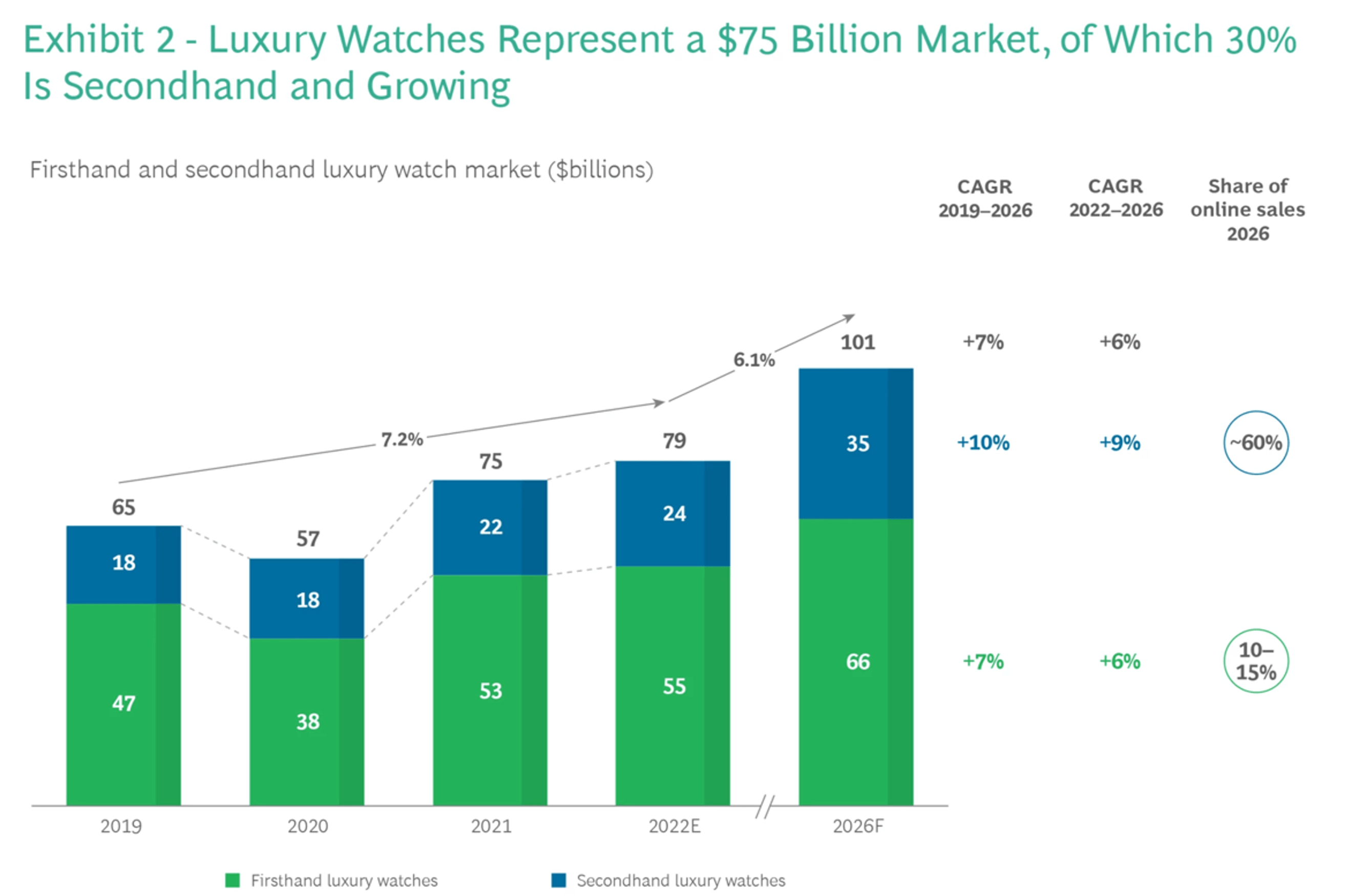










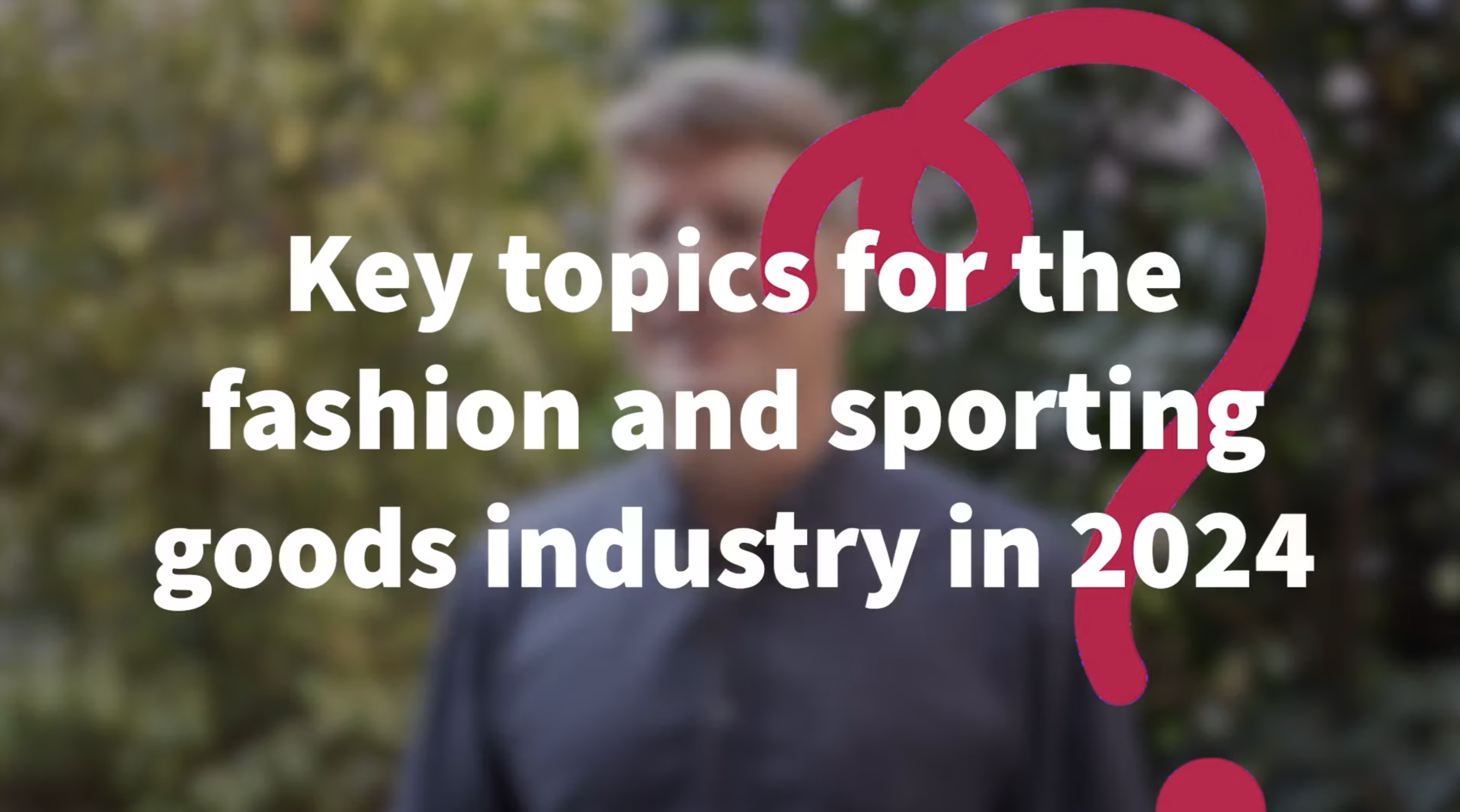
























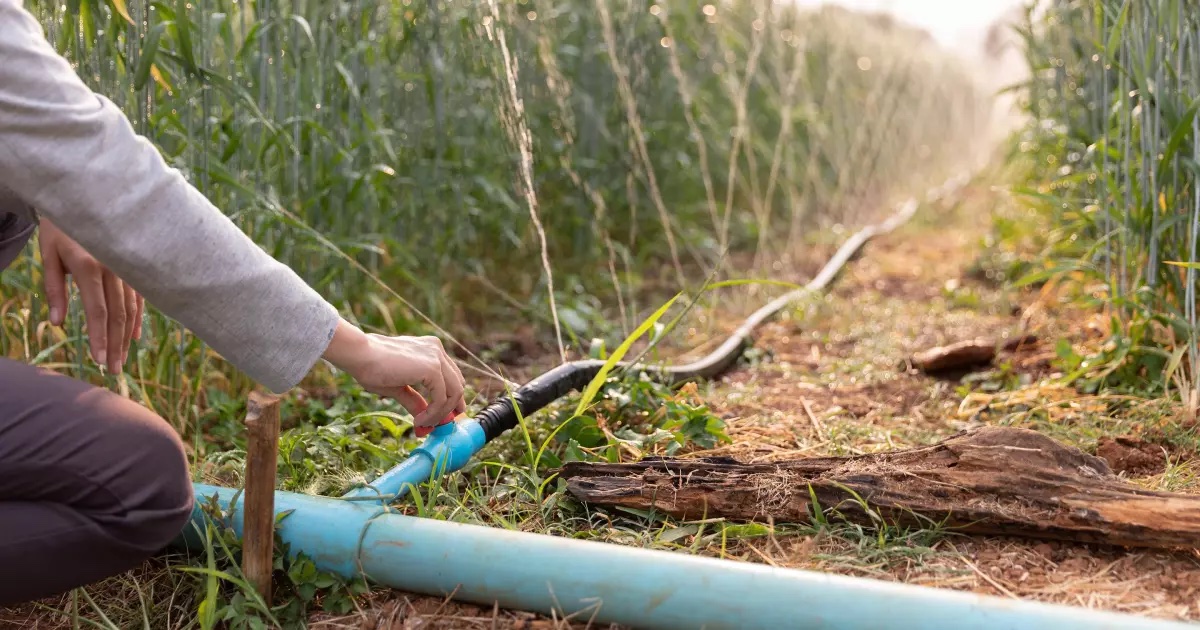









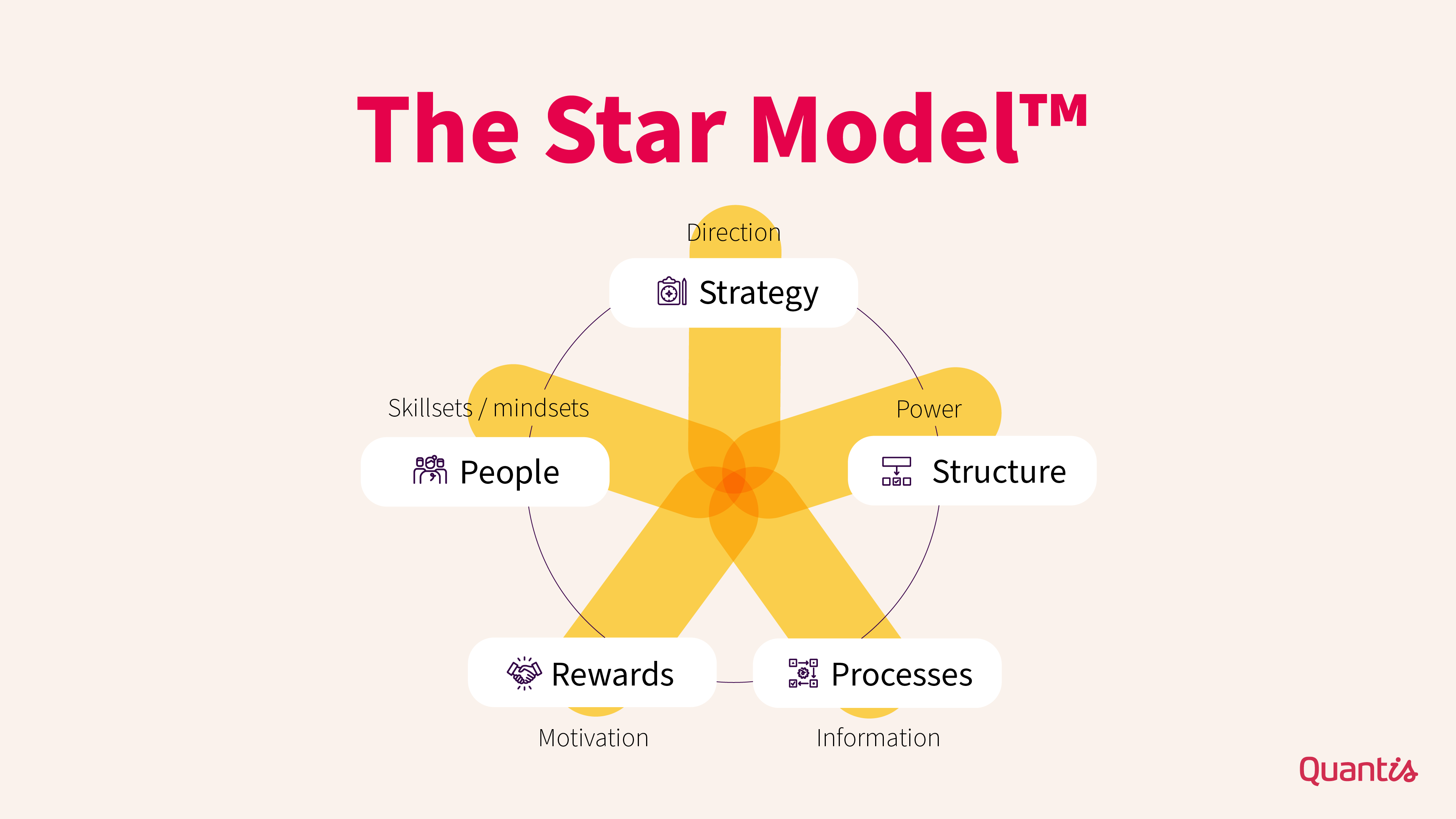
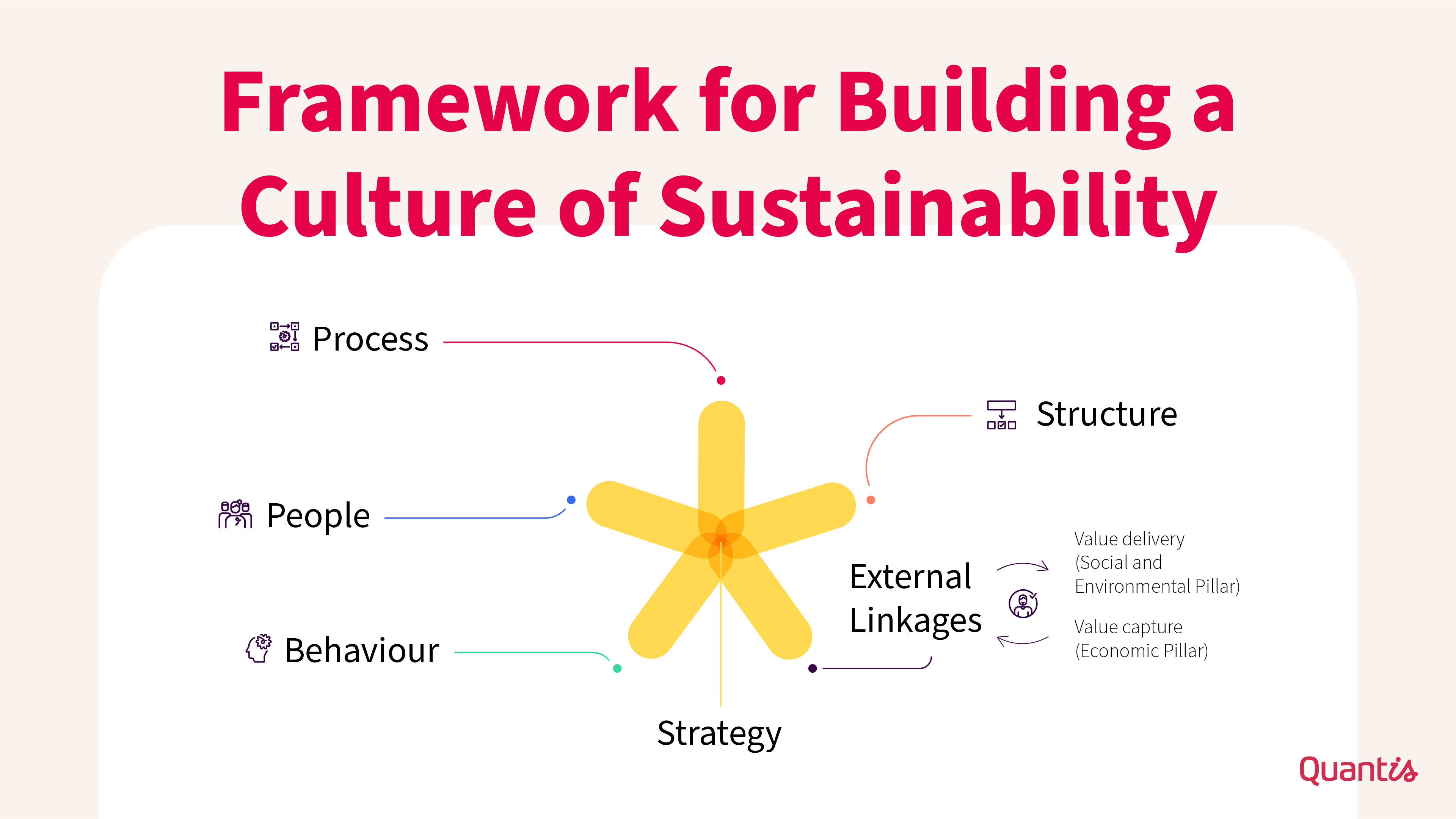






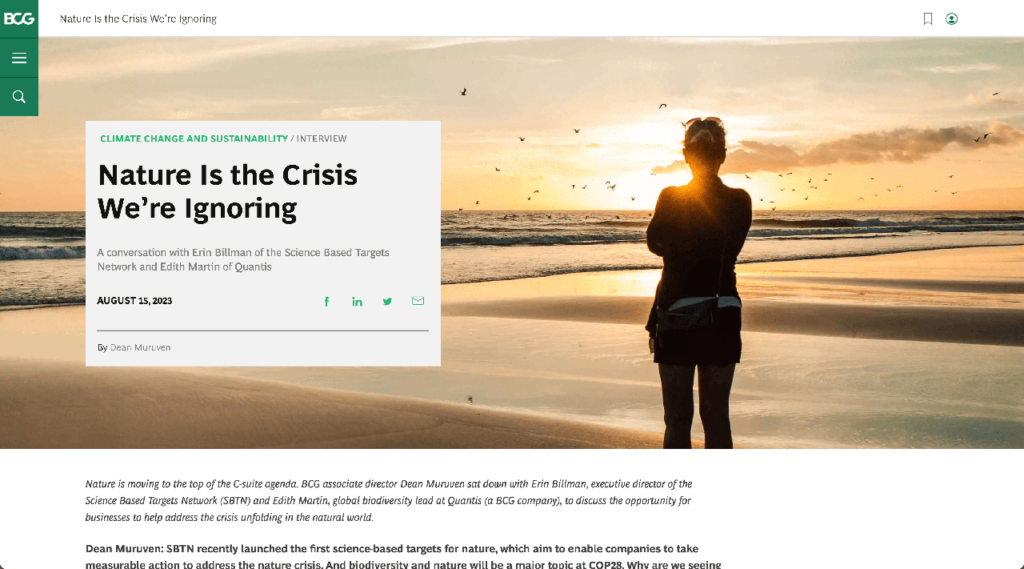






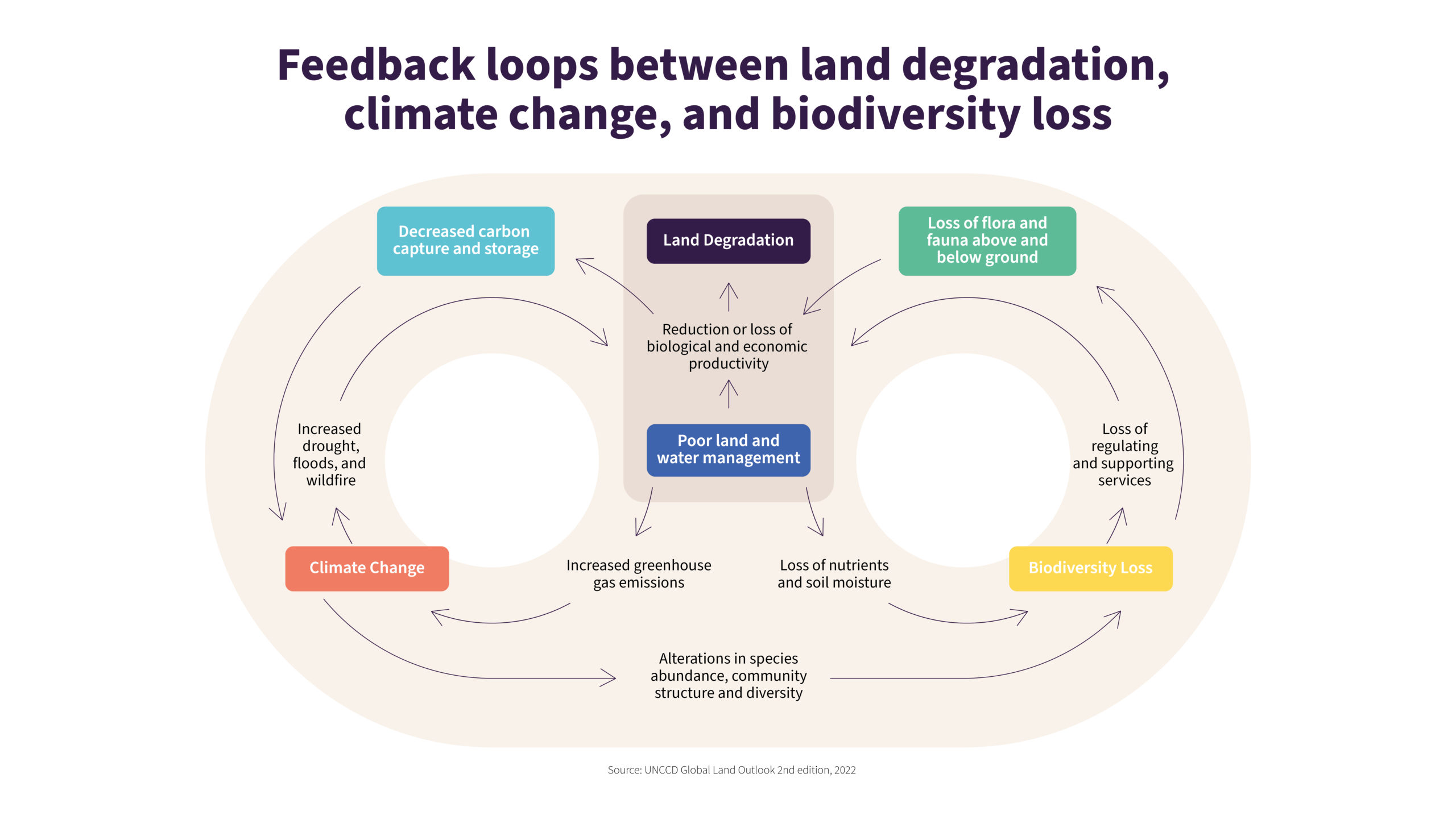




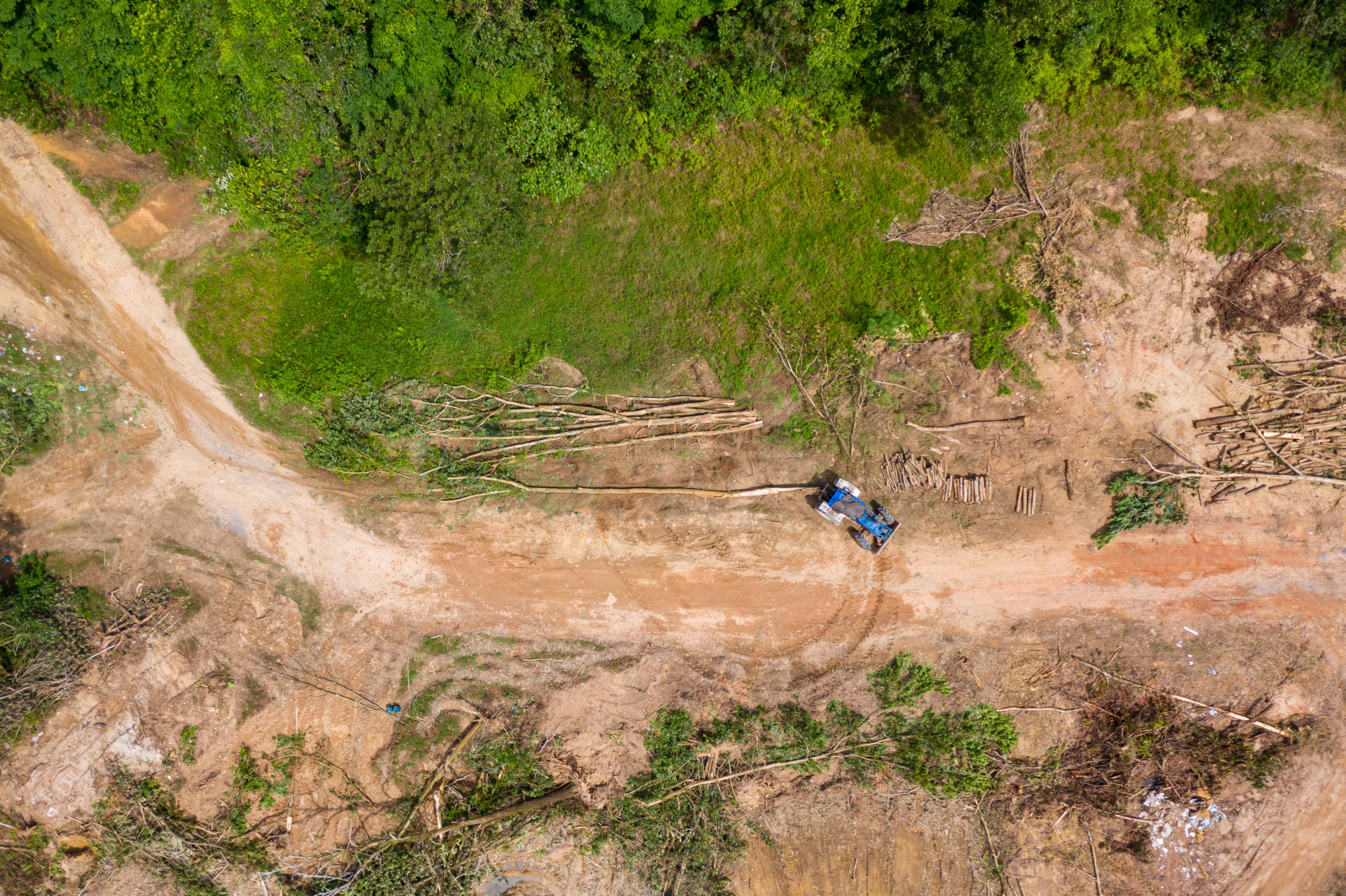
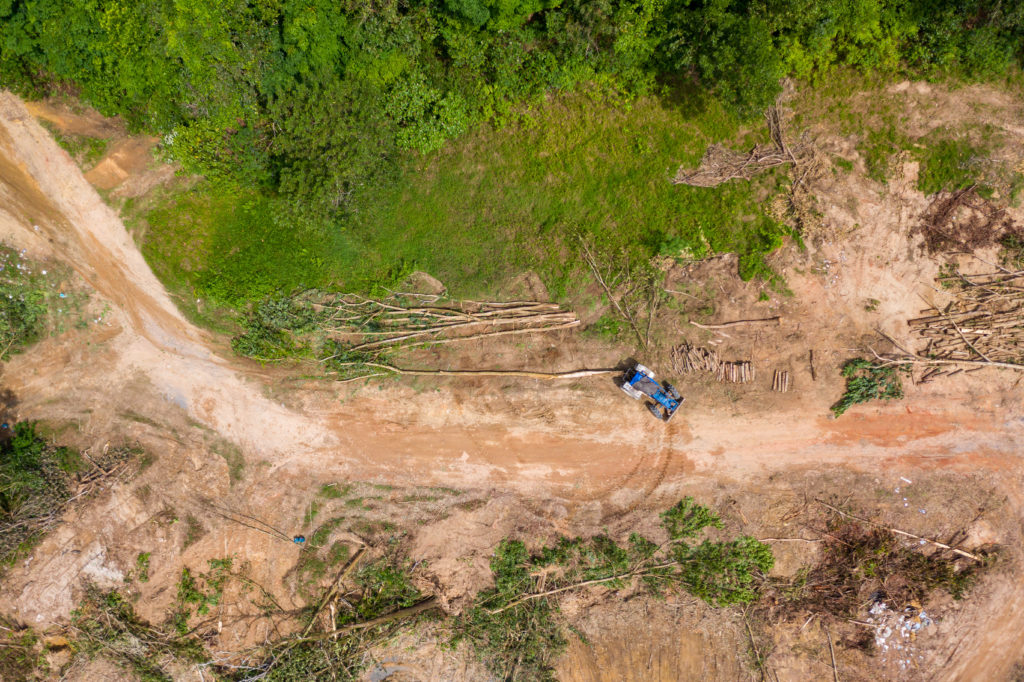













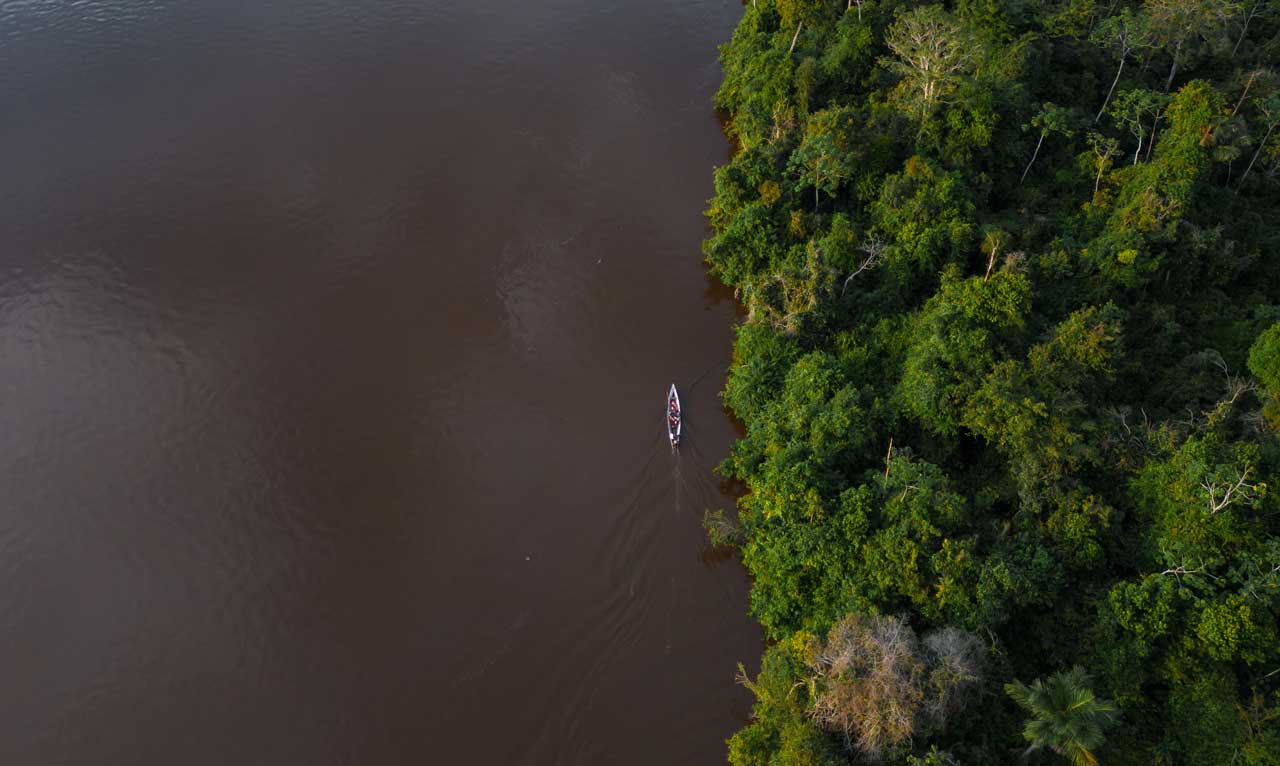
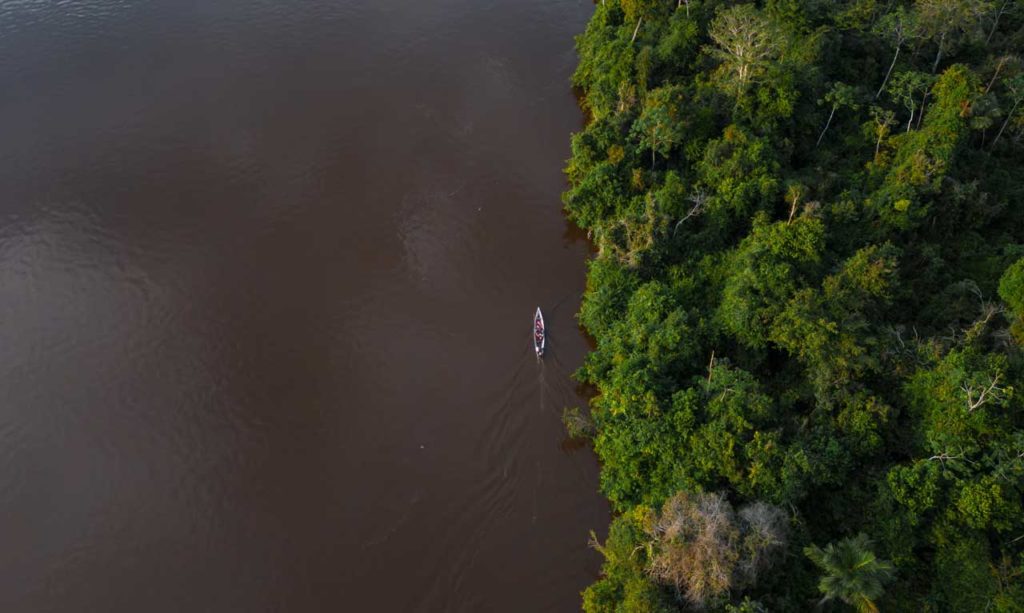






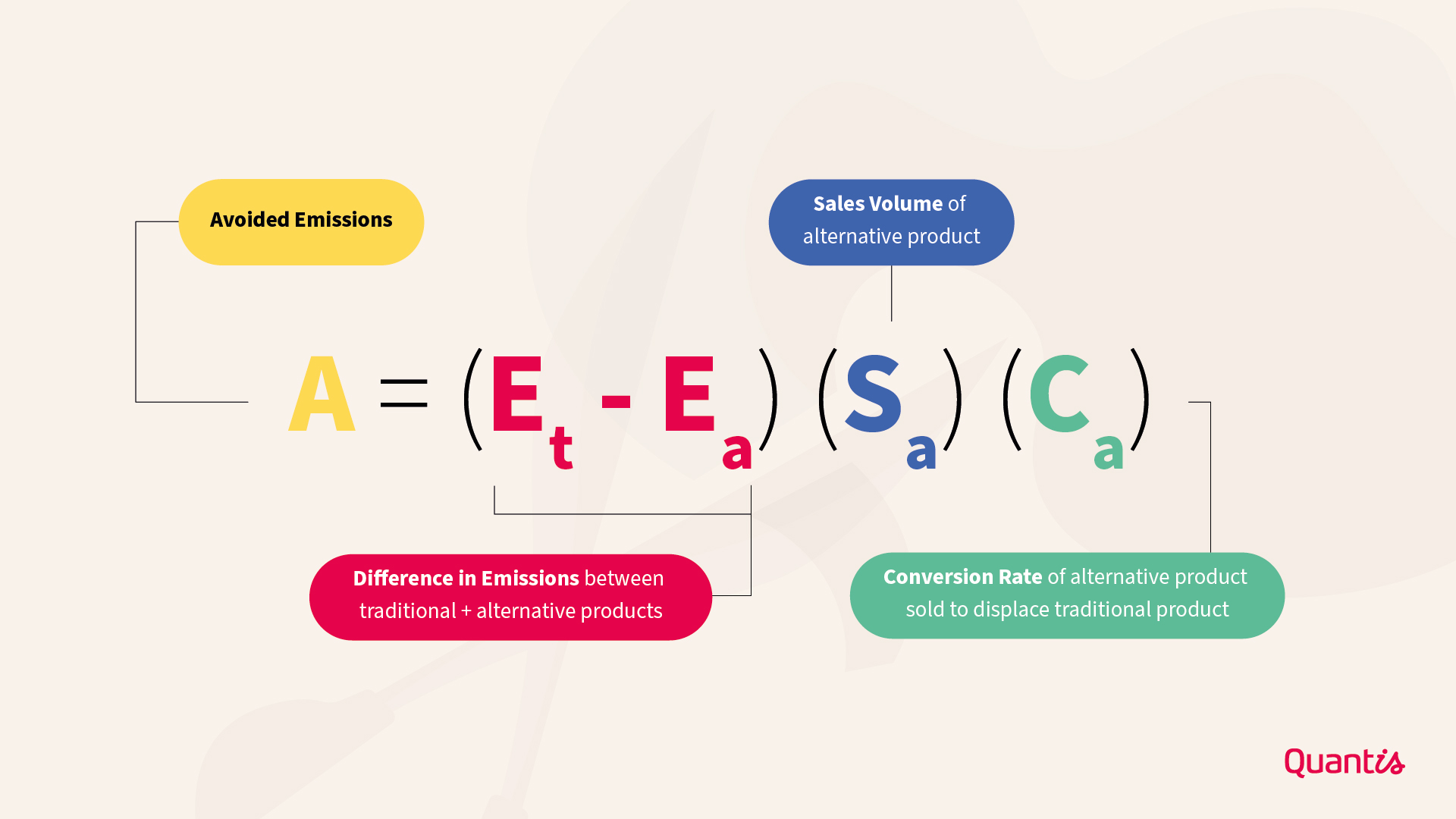
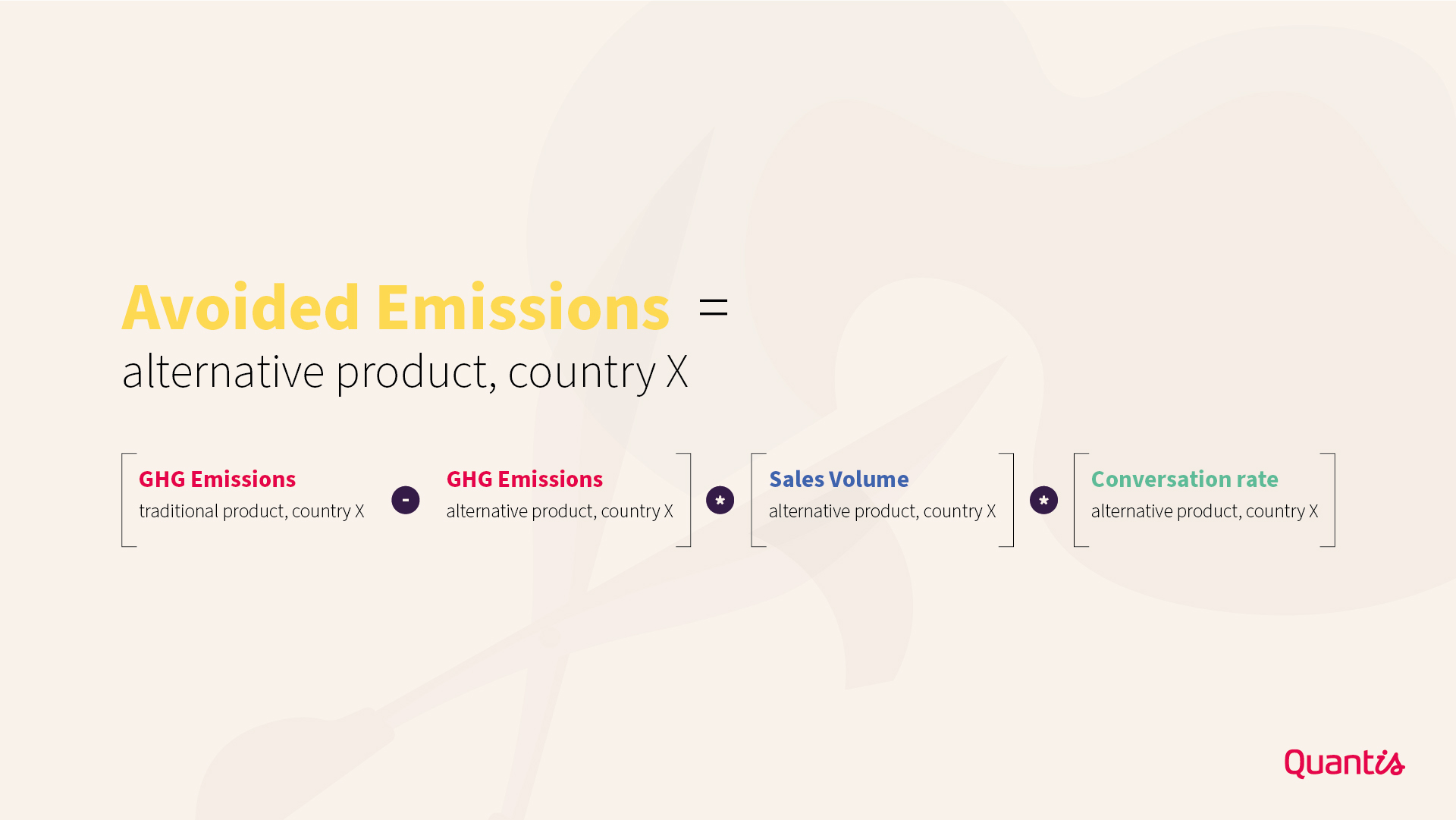





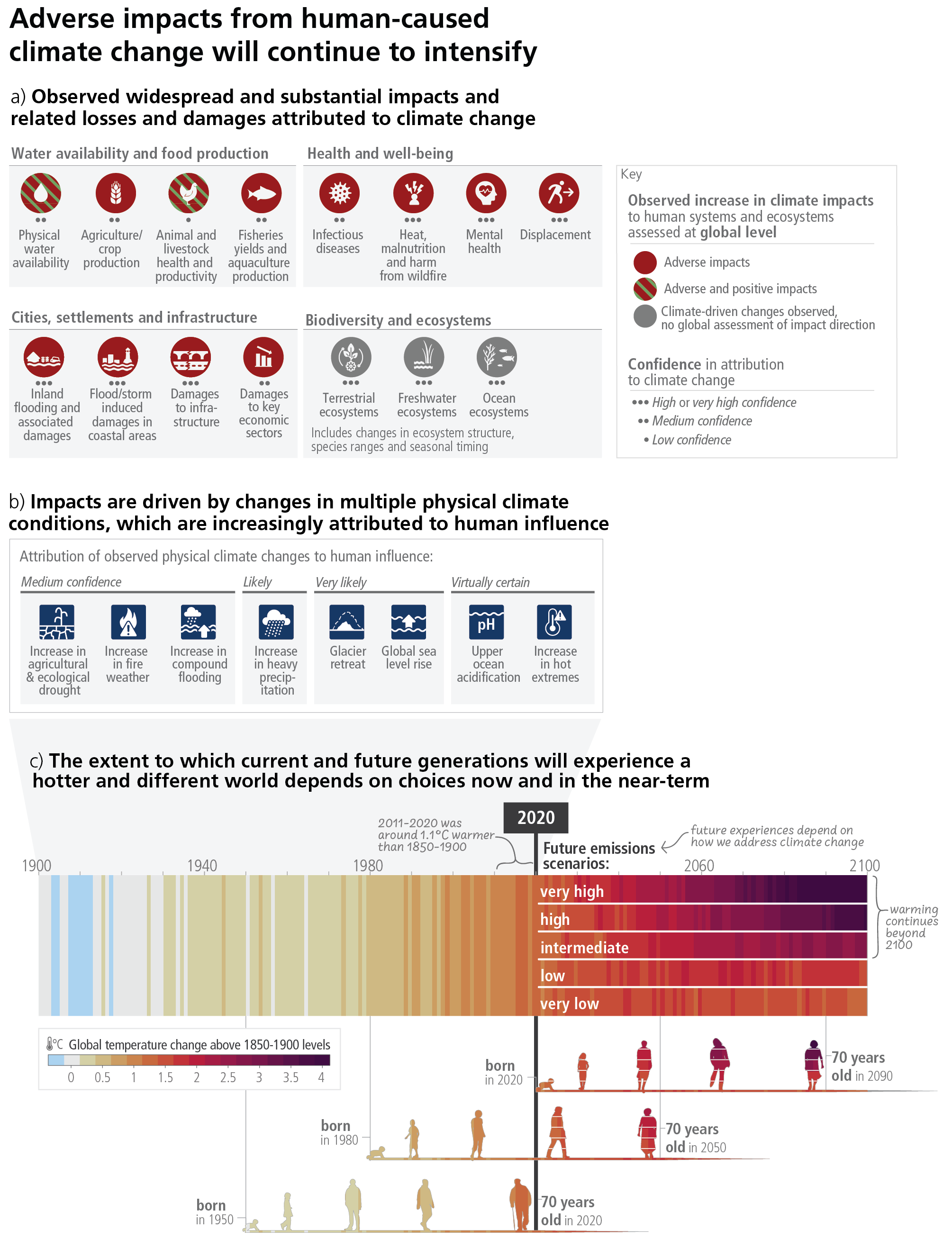













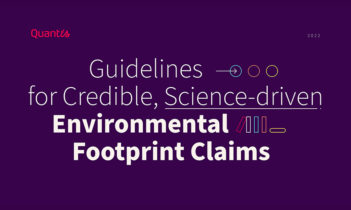










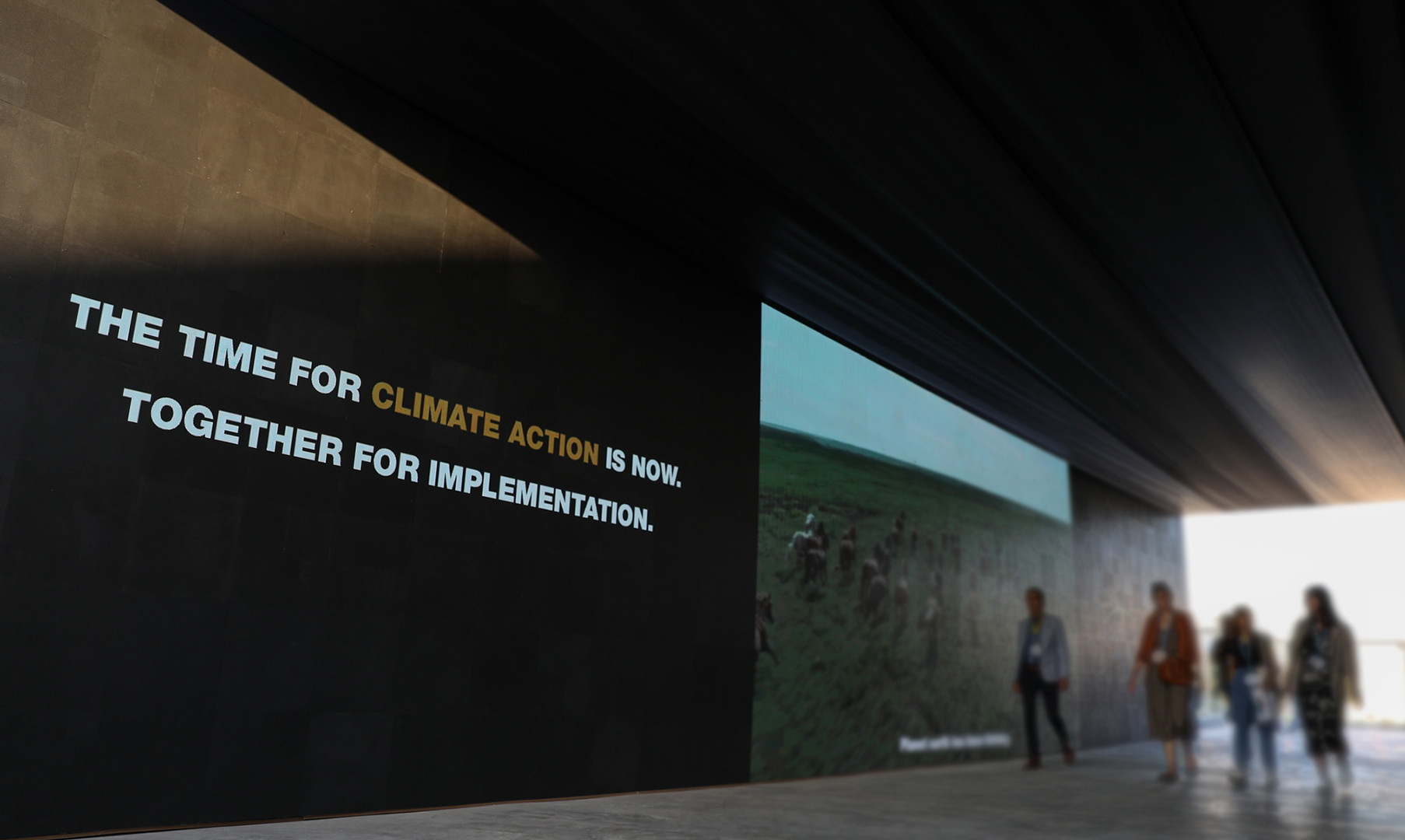




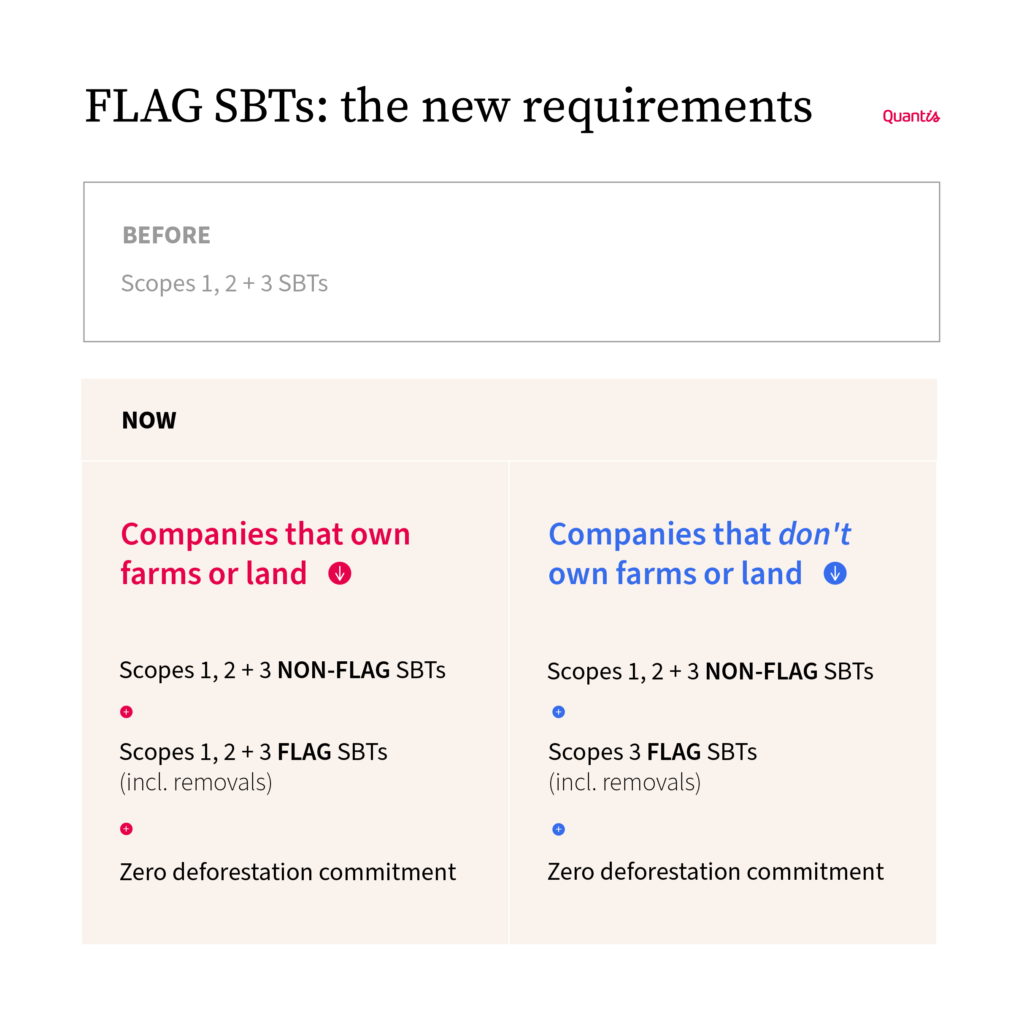











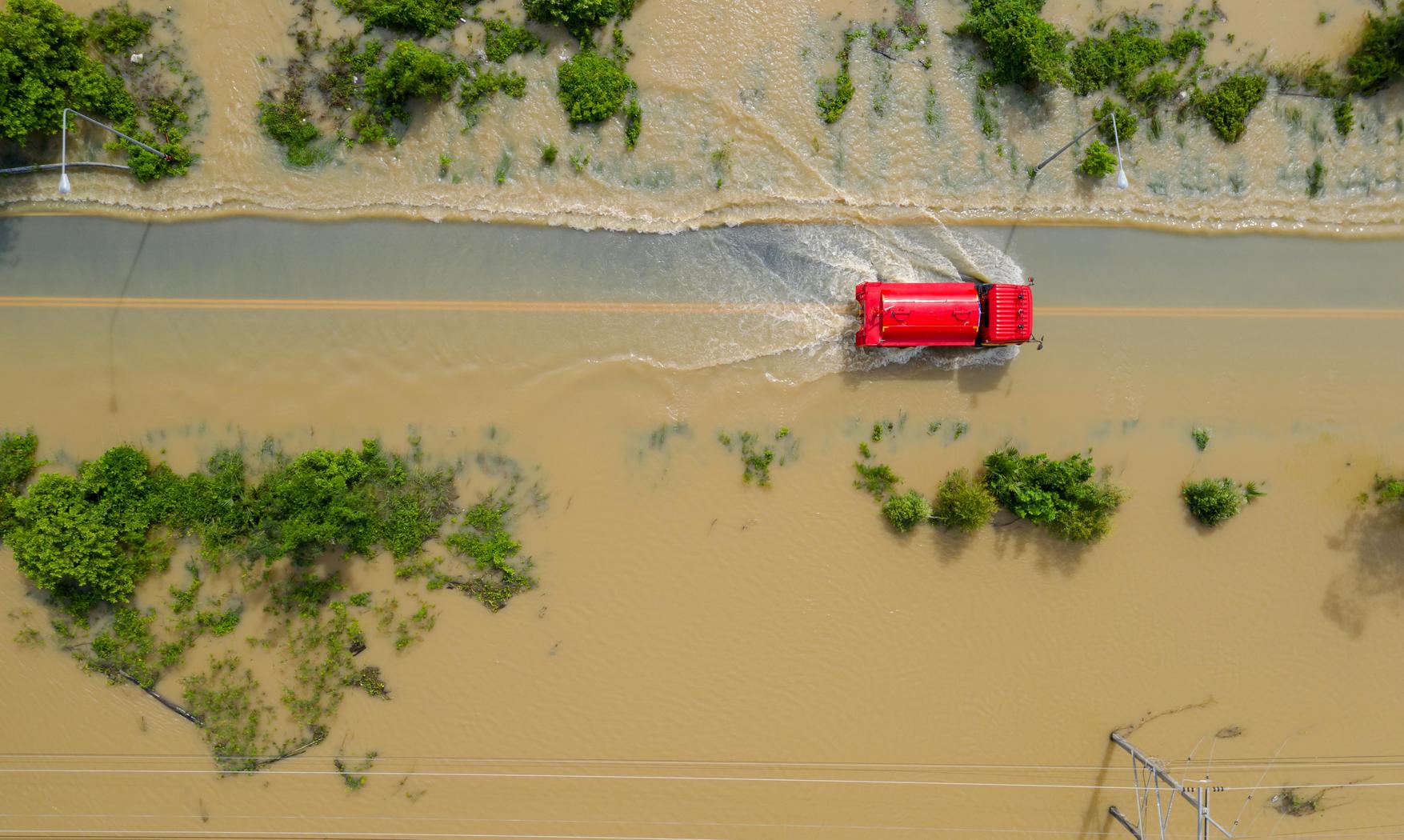
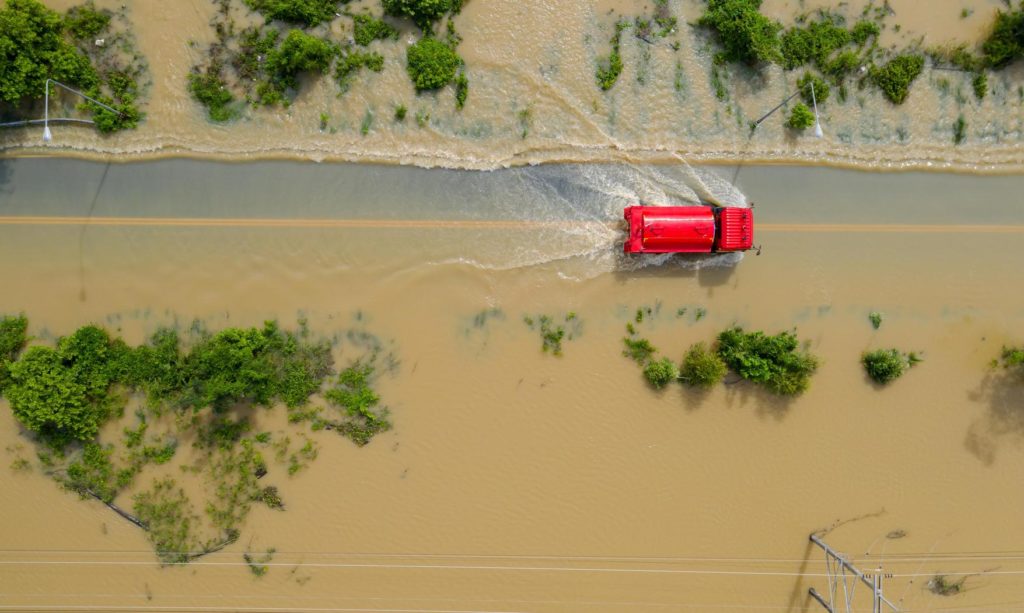
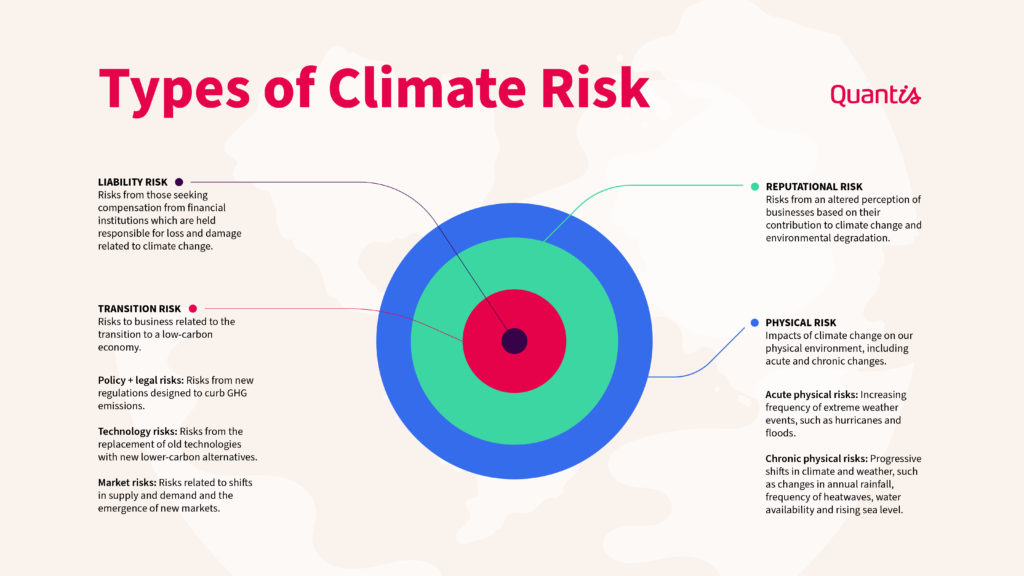



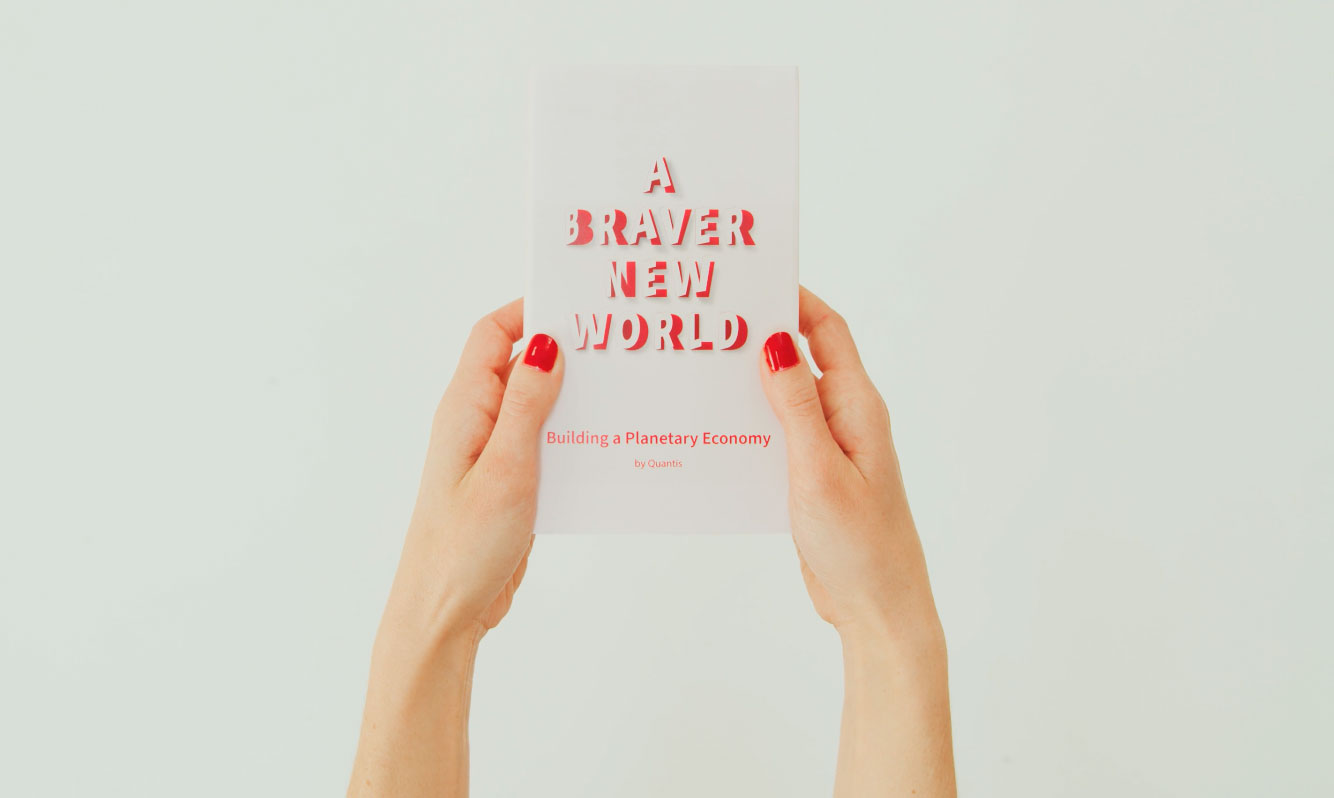




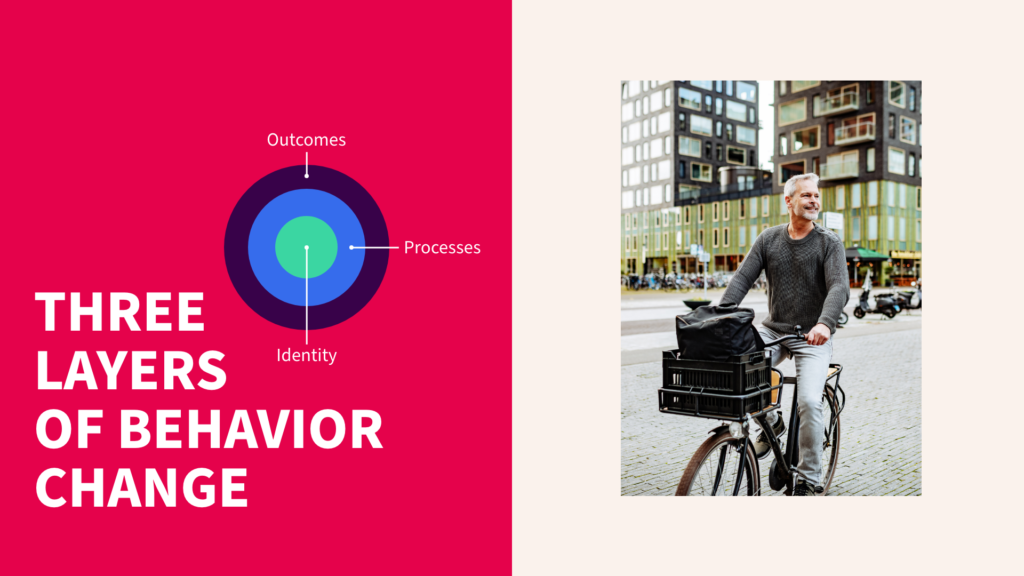











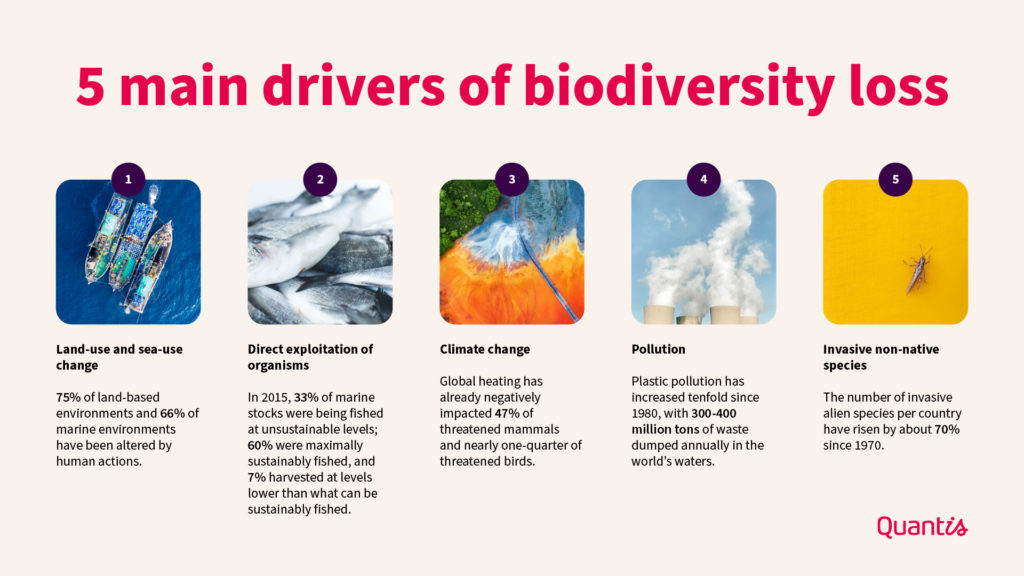

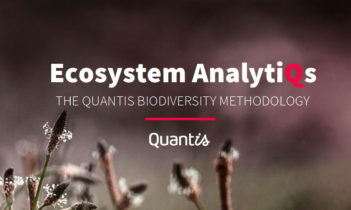

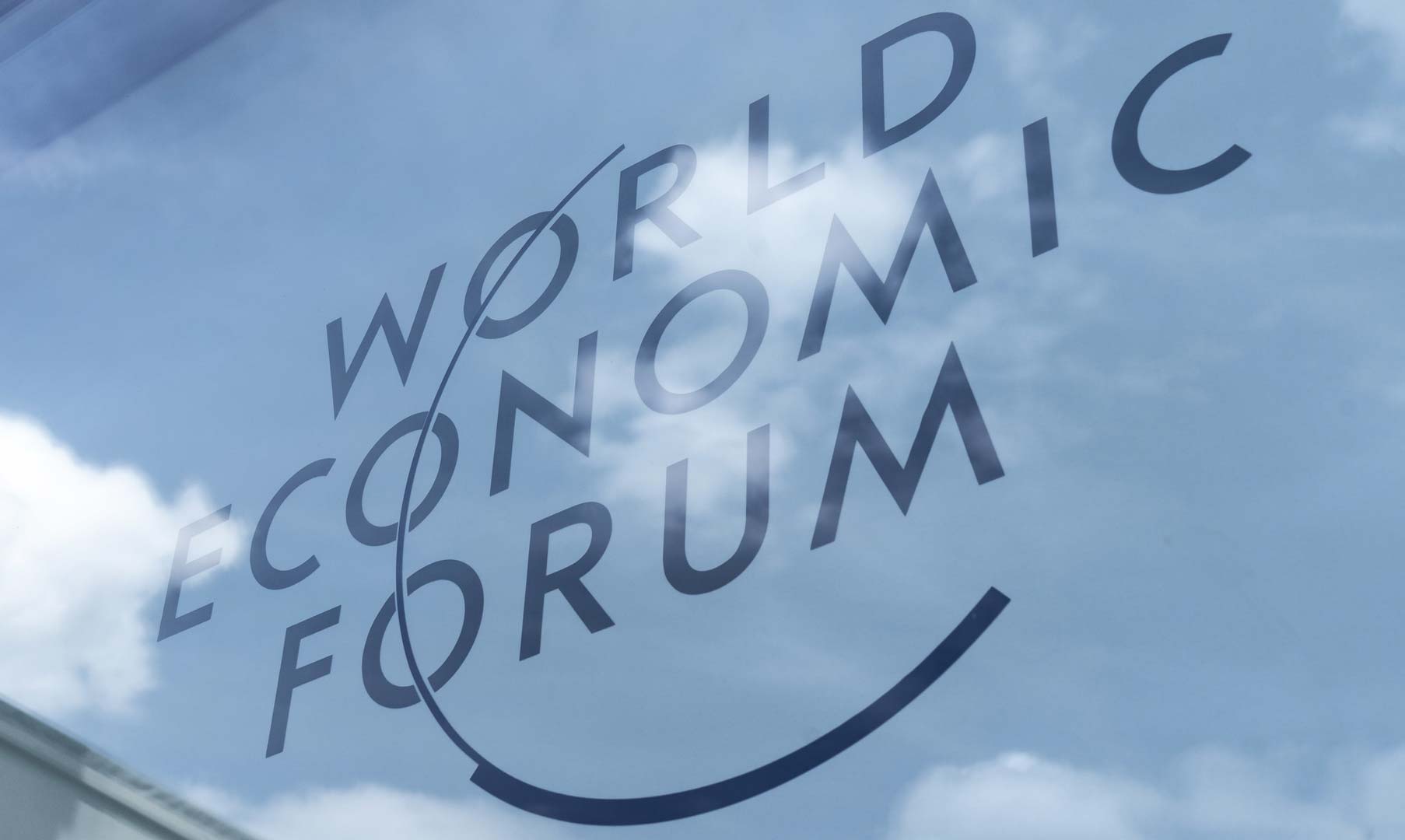
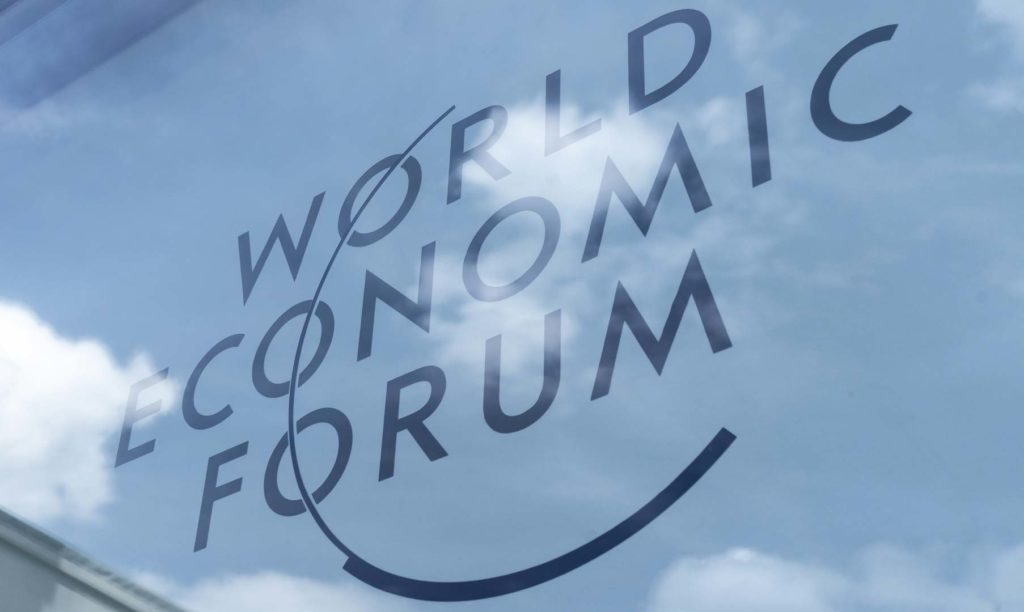






















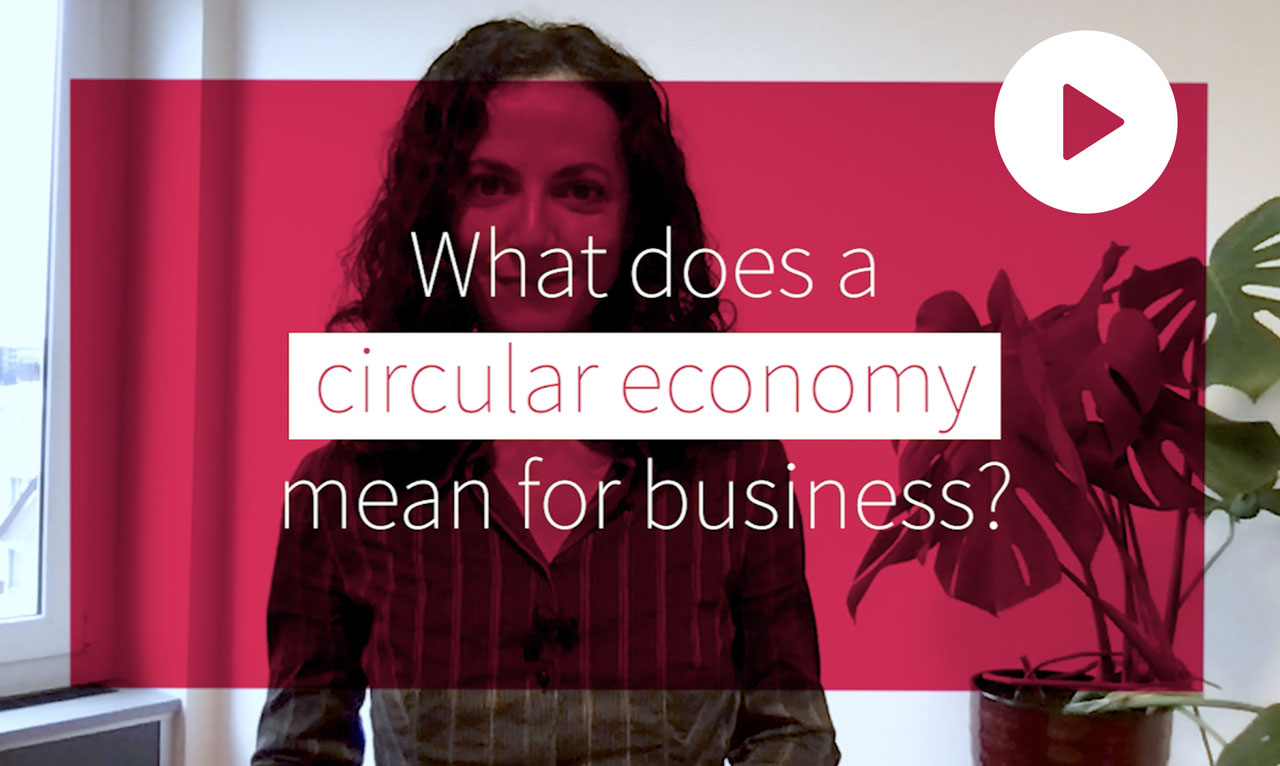









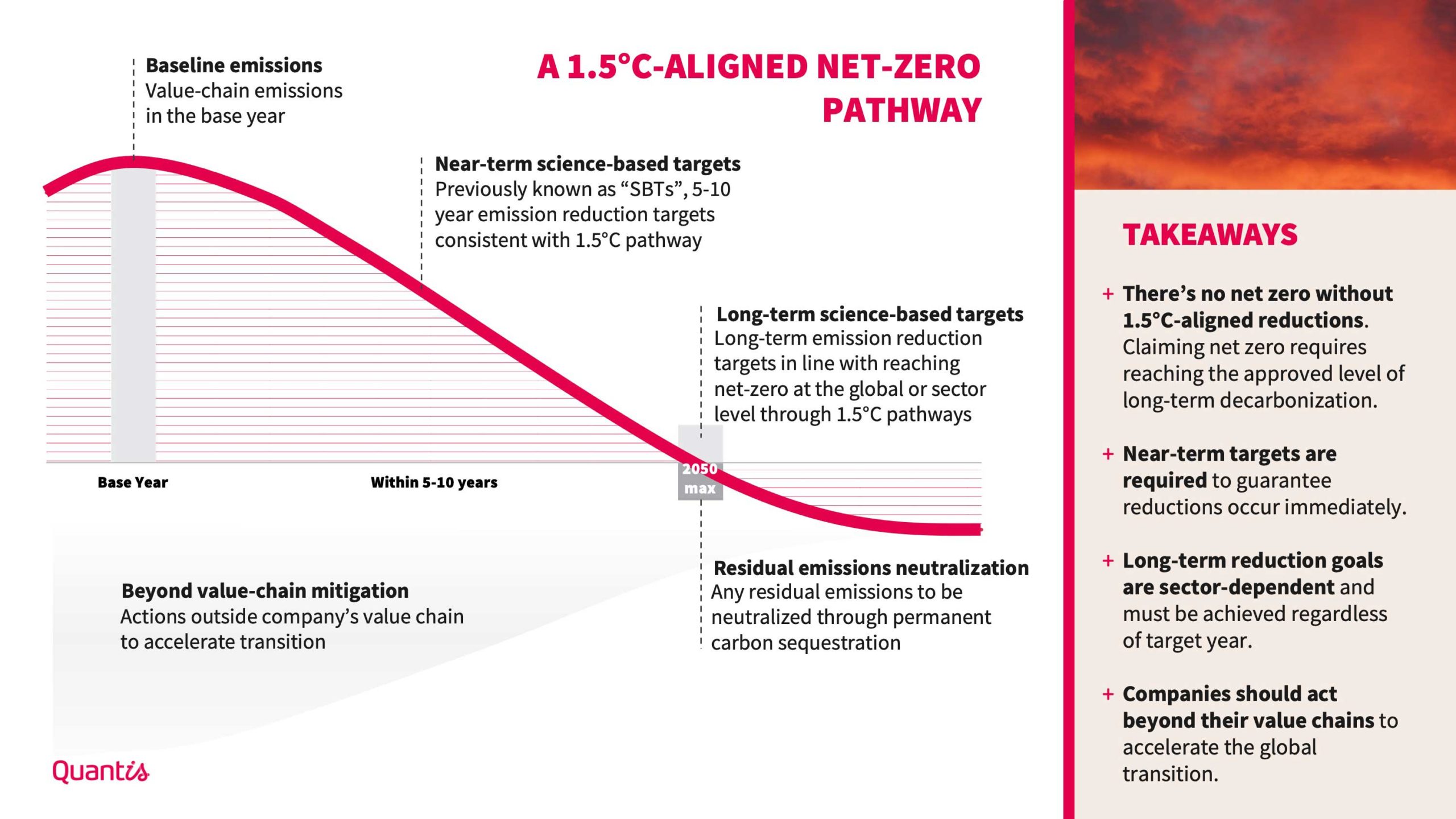

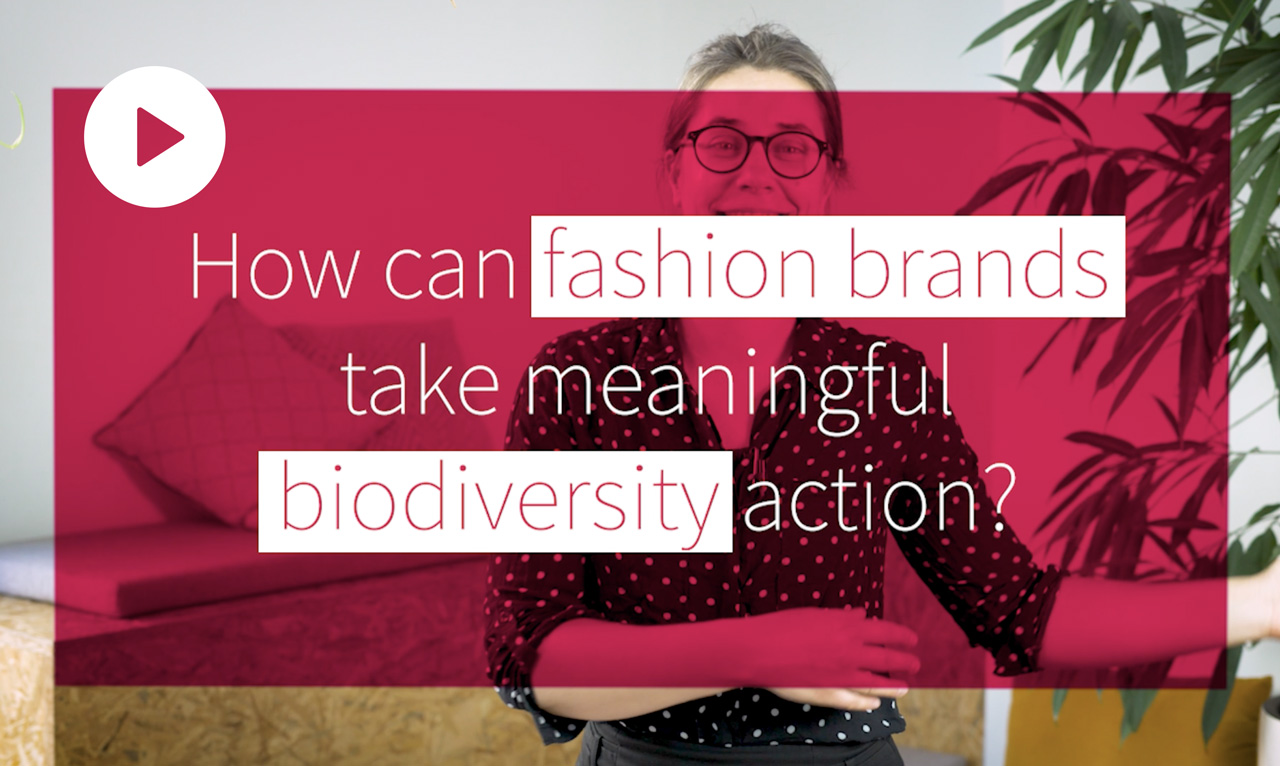






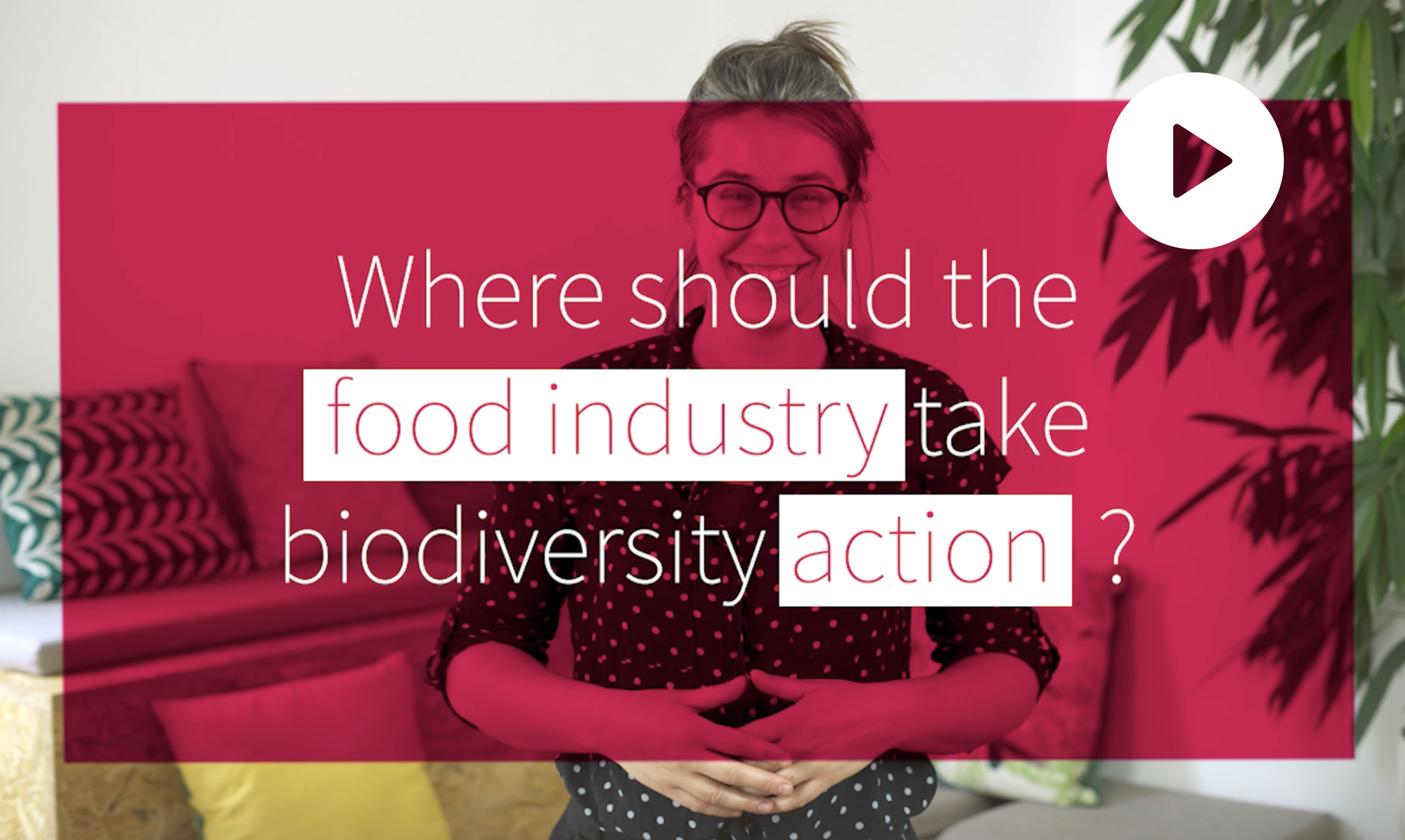



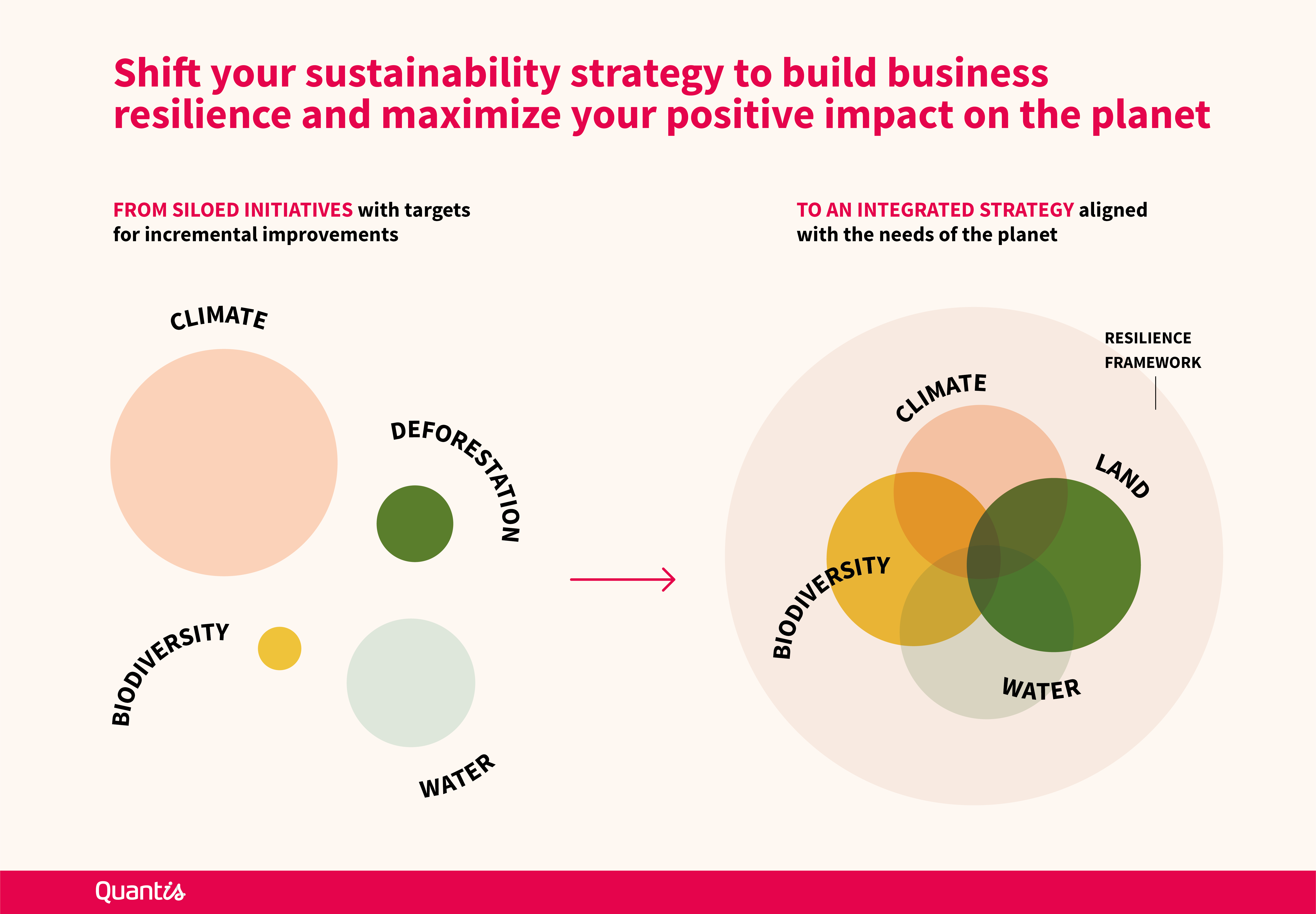
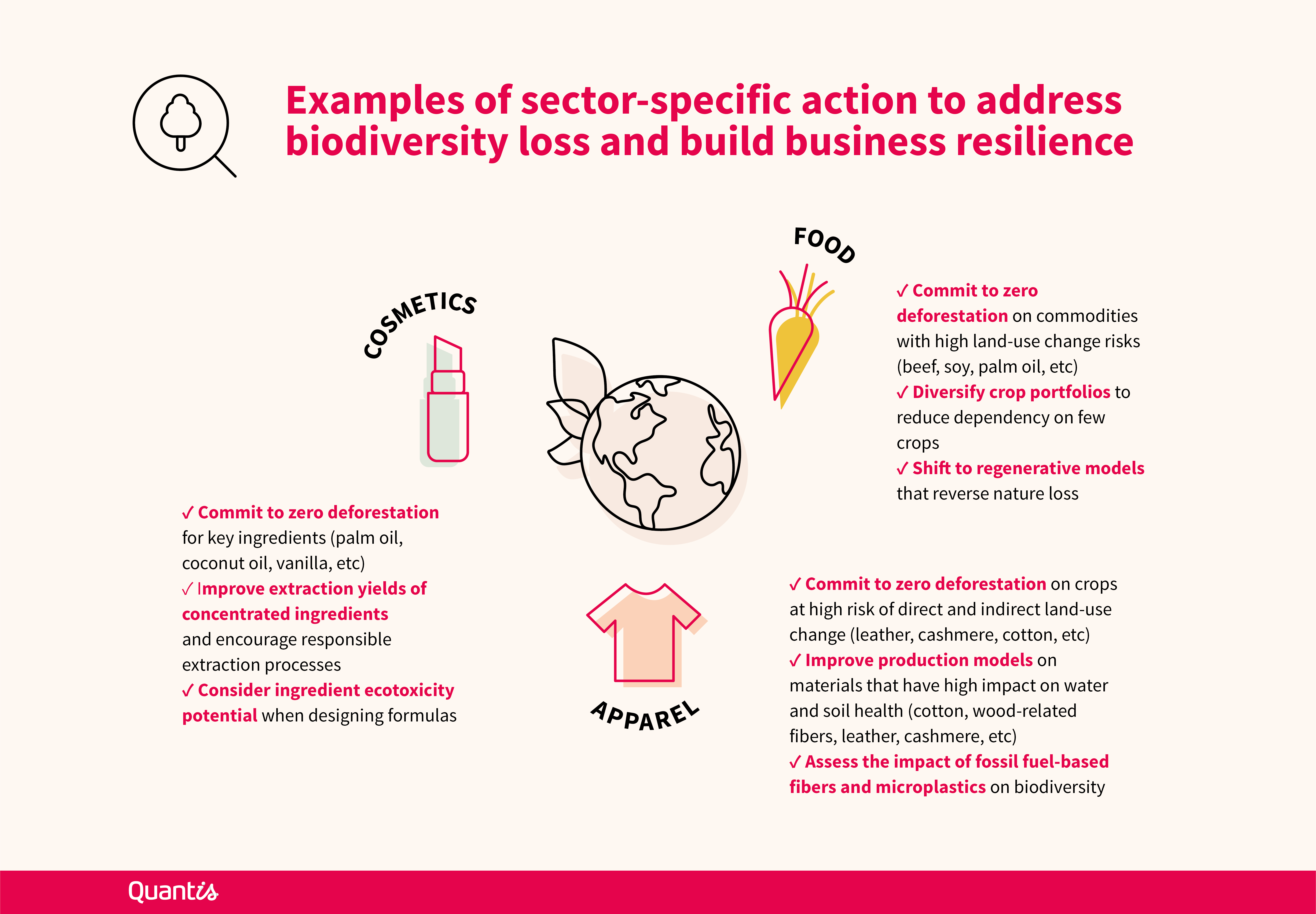

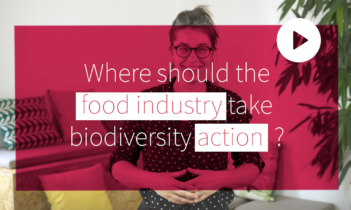








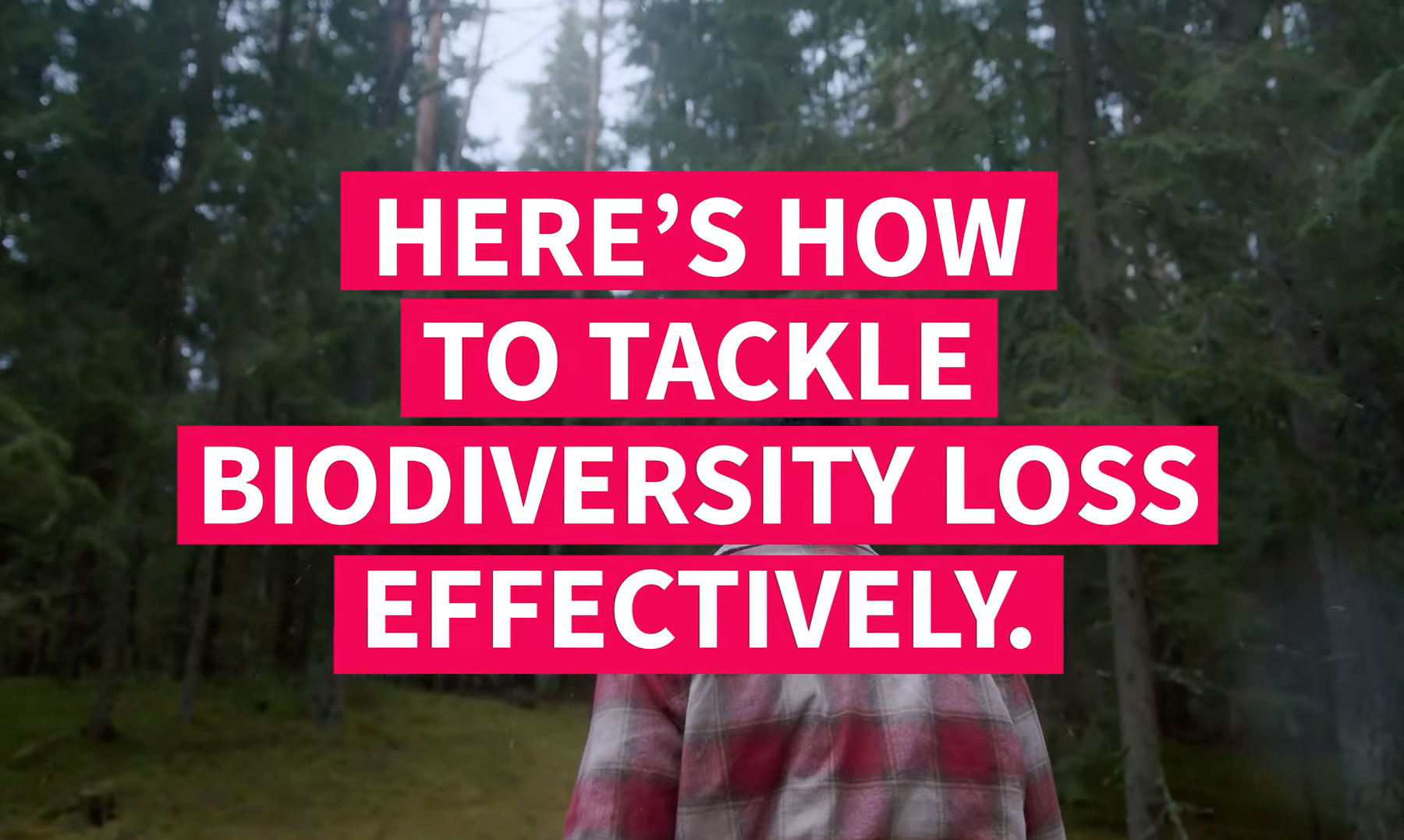
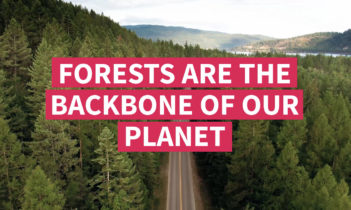





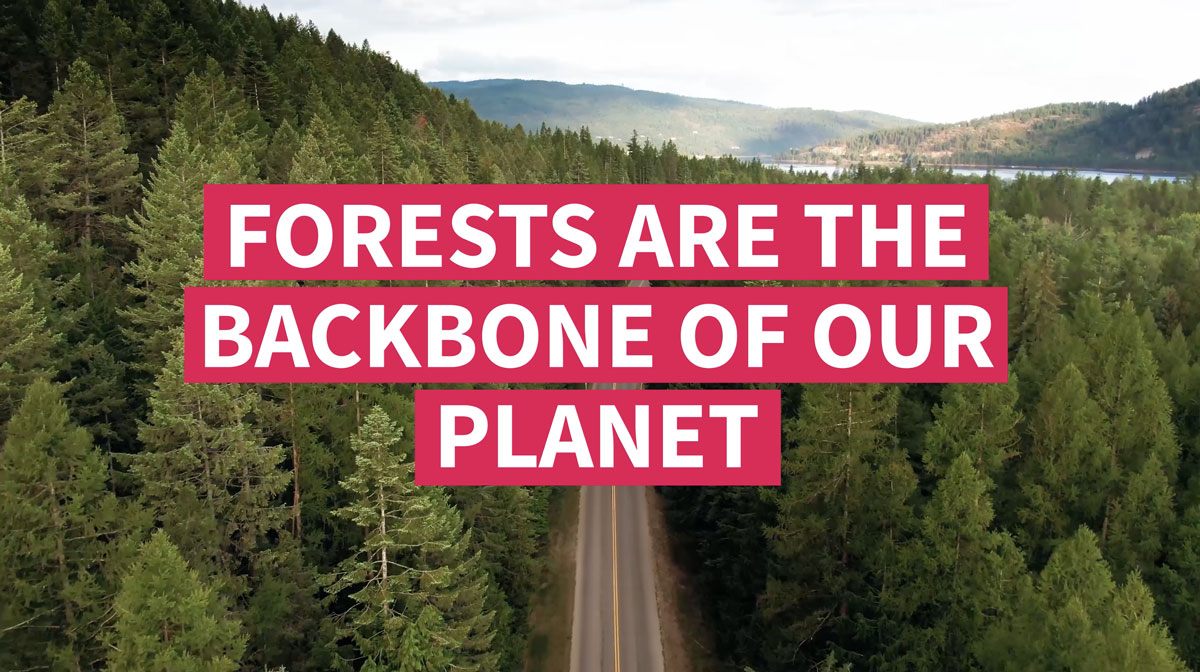




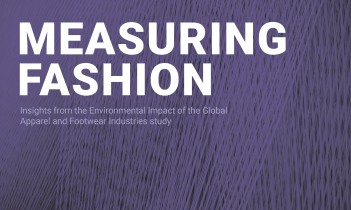











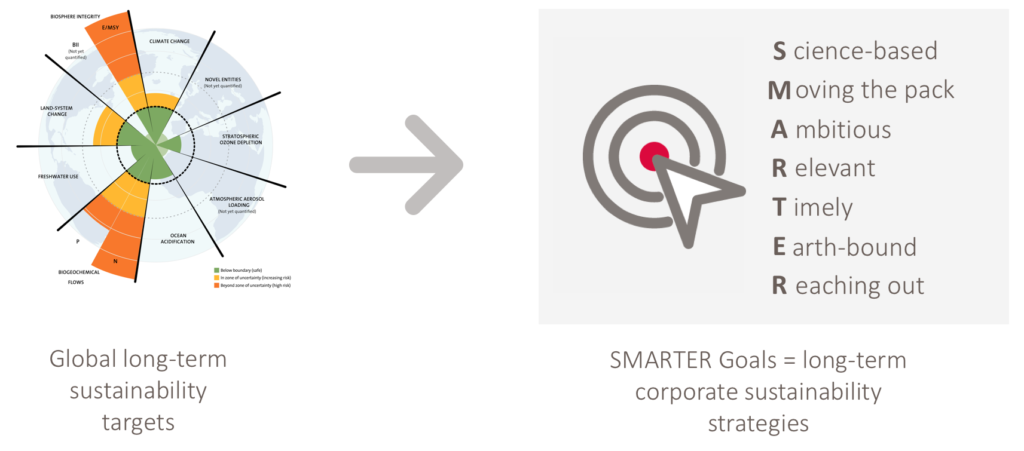
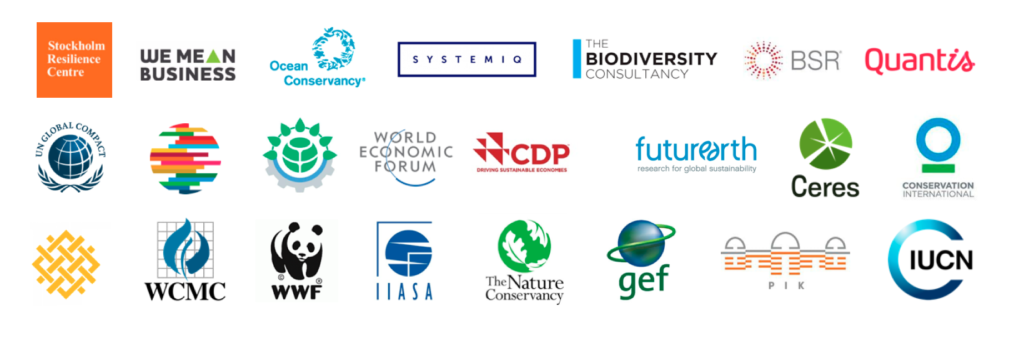
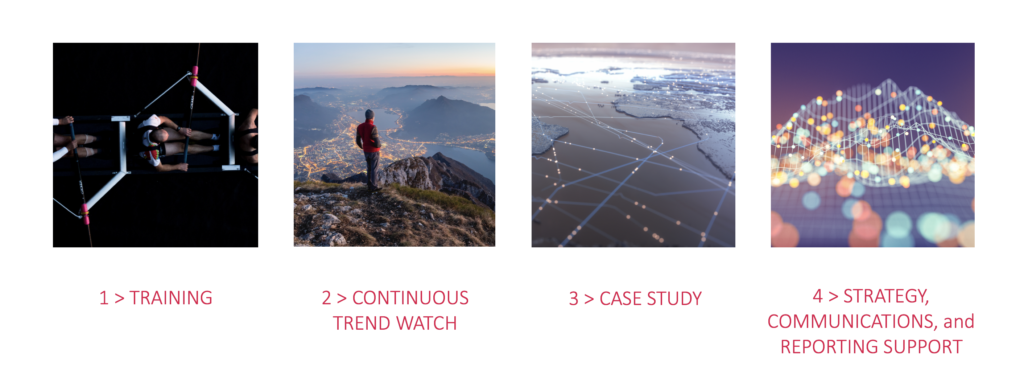



 There is another transformative debate taking place in London this week. Despite being overshadowed by the Brexit, some of the world’s business leaders, economists, experts and diplomats have gathered at the
There is another transformative debate taking place in London this week. Despite being overshadowed by the Brexit, some of the world’s business leaders, economists, experts and diplomats have gathered at the  Leaders are committing to set SBTs. To date, 168 companies have signed up and the initiative is gaining momentum. A company must implement a full corporate footprint and assess the appropriateness of the climate commitments made.
Leaders are committing to set SBTs. To date, 168 companies have signed up and the initiative is gaining momentum. A company must implement a full corporate footprint and assess the appropriateness of the climate commitments made.